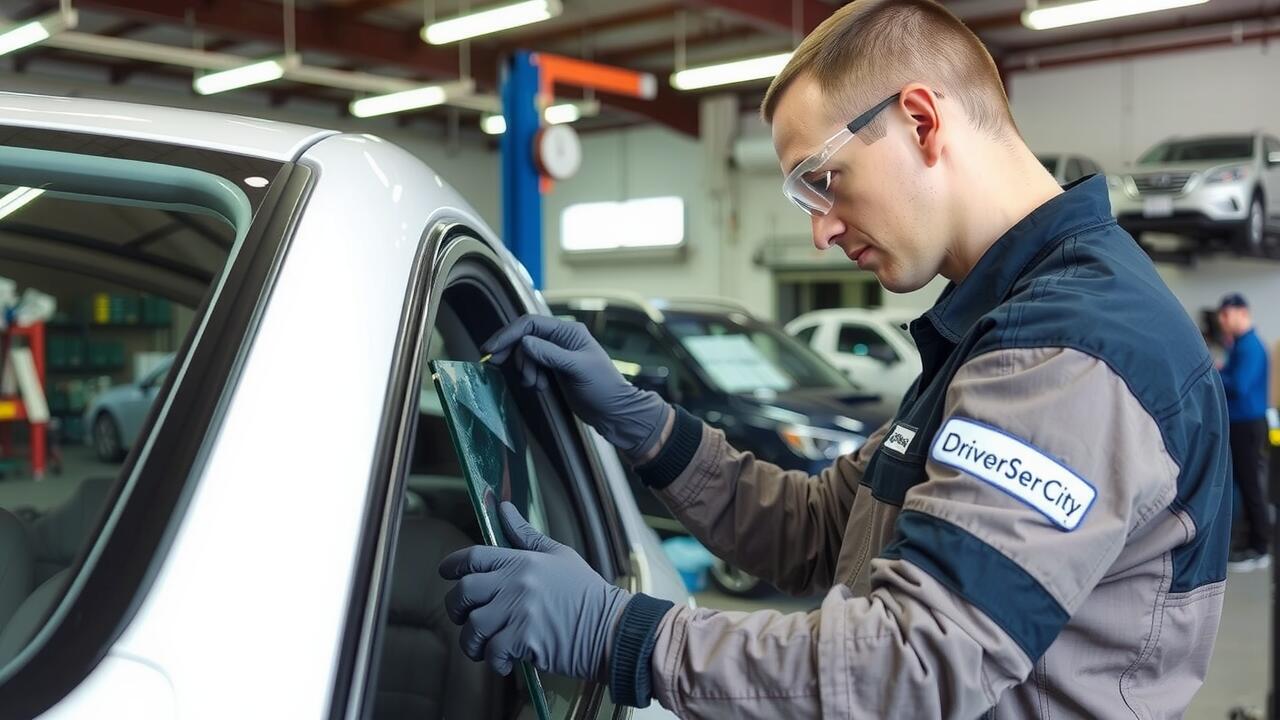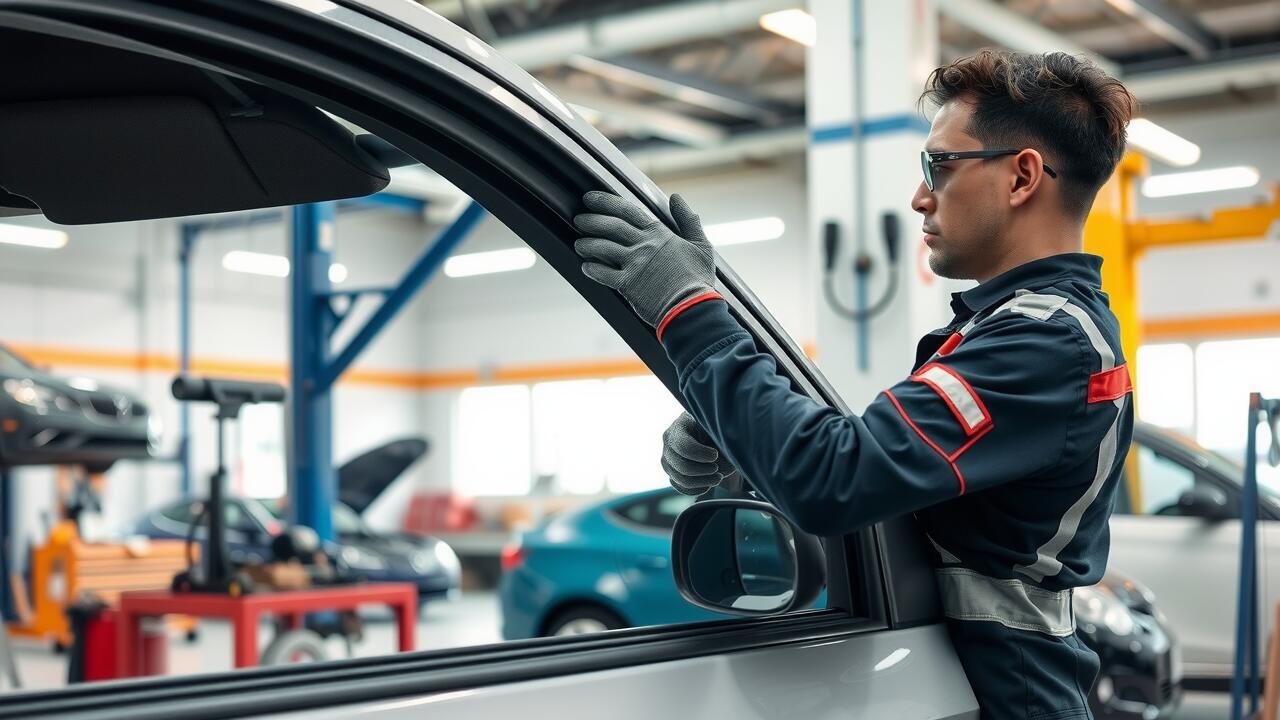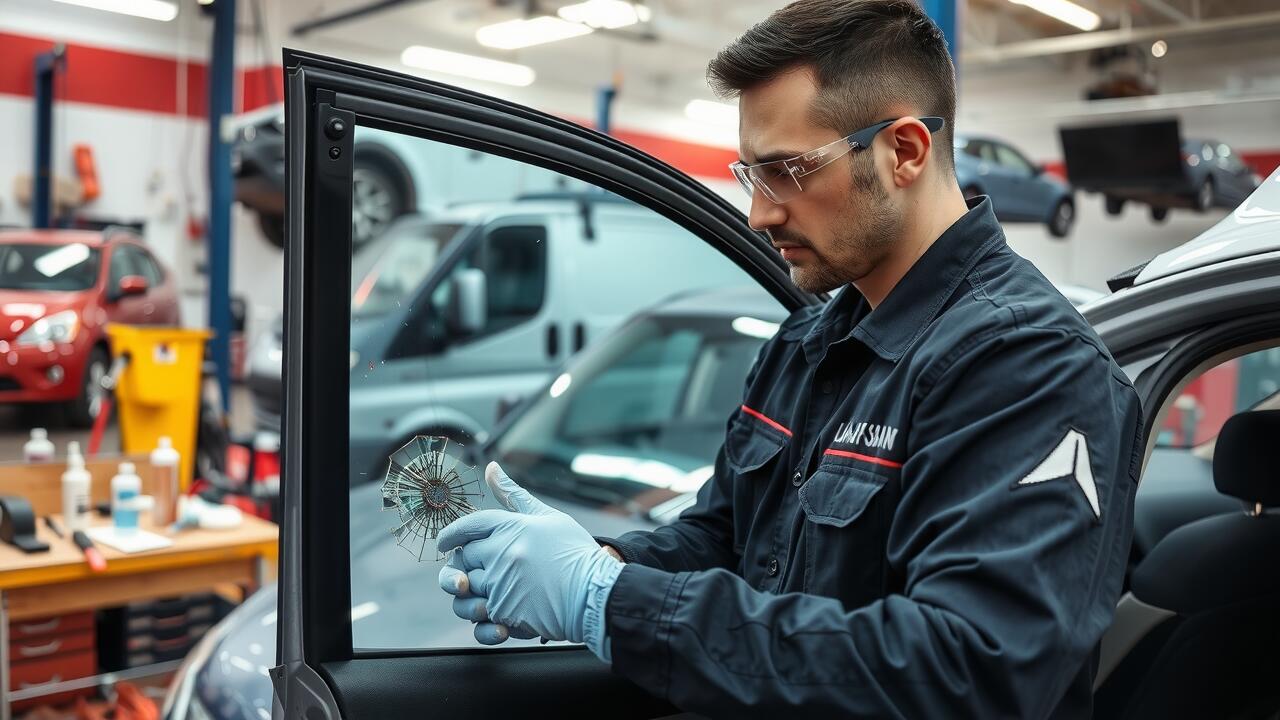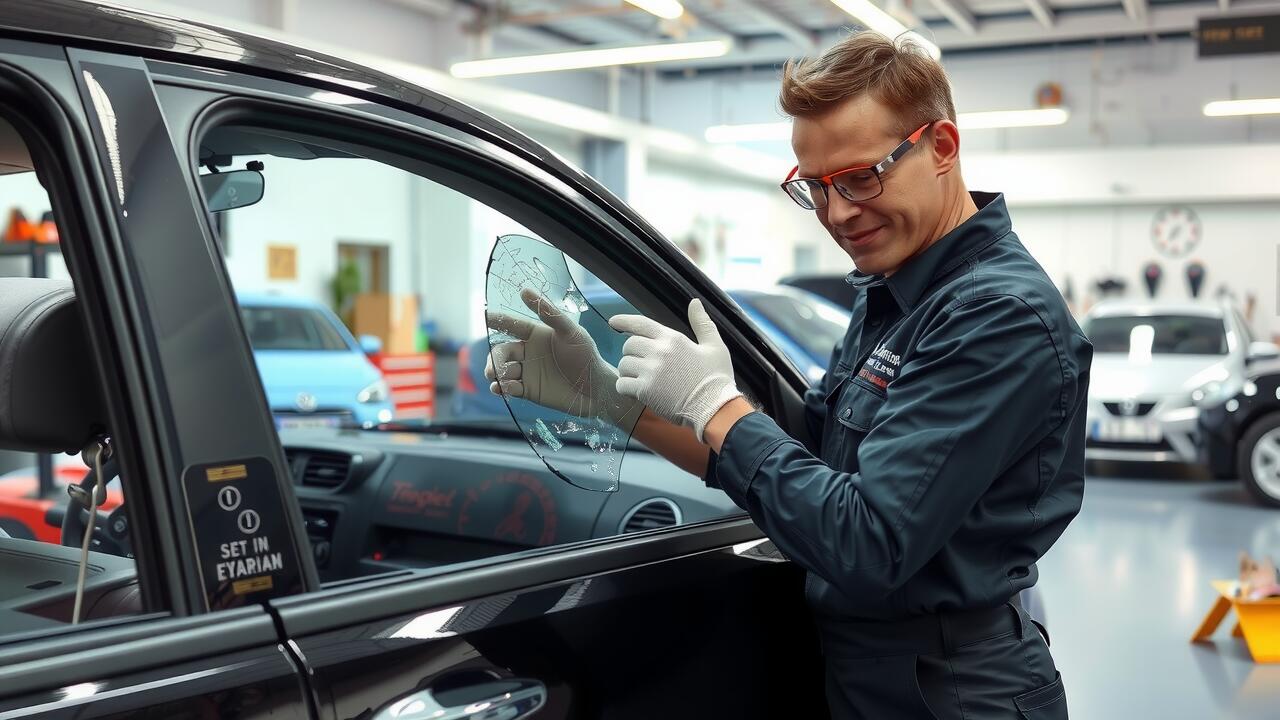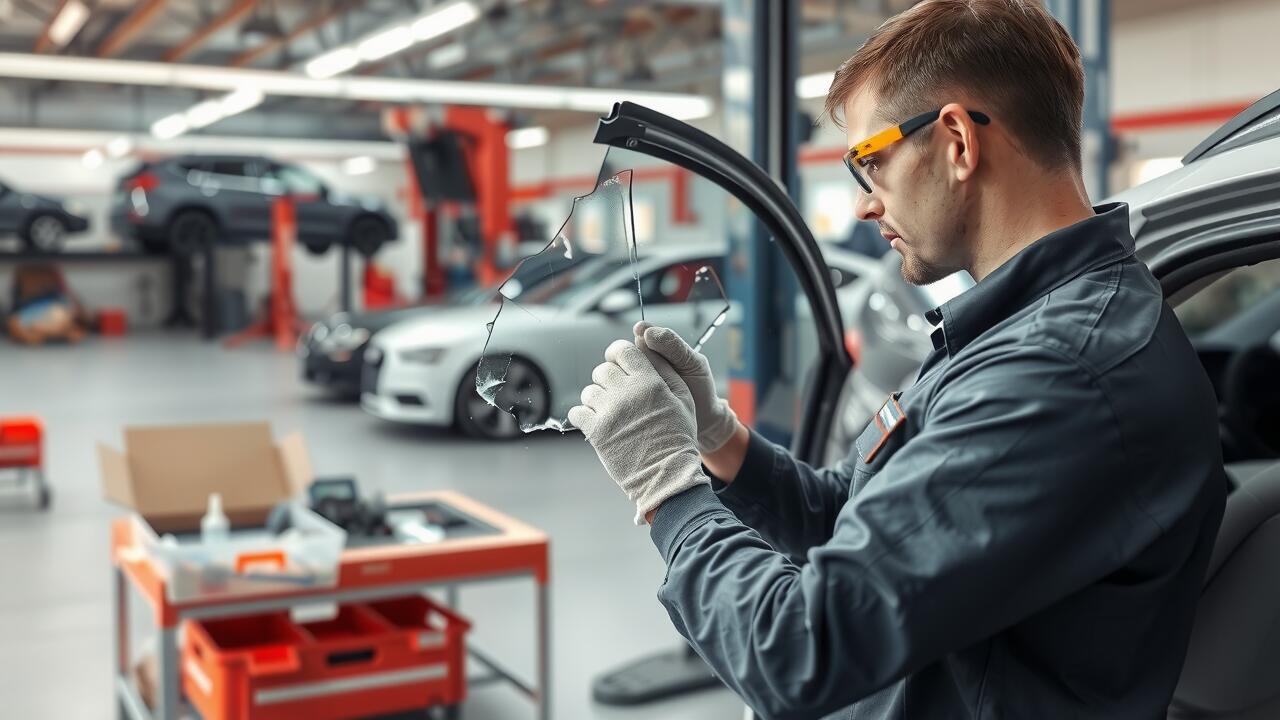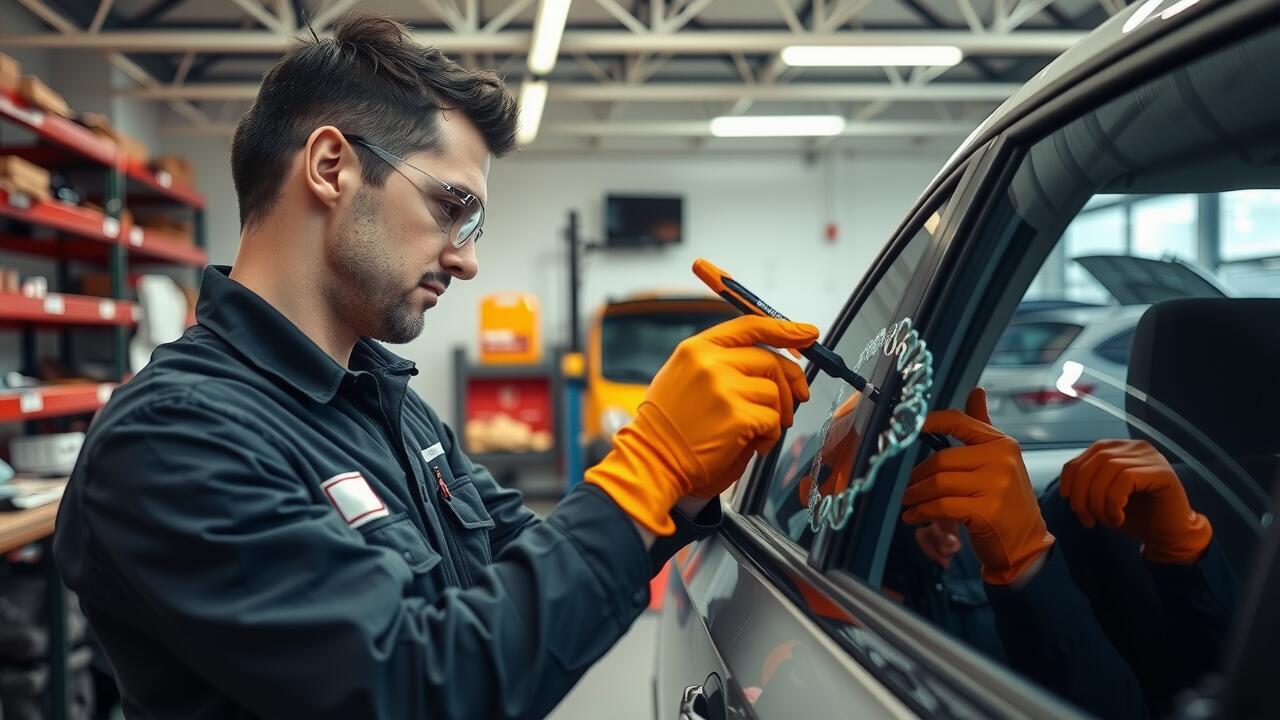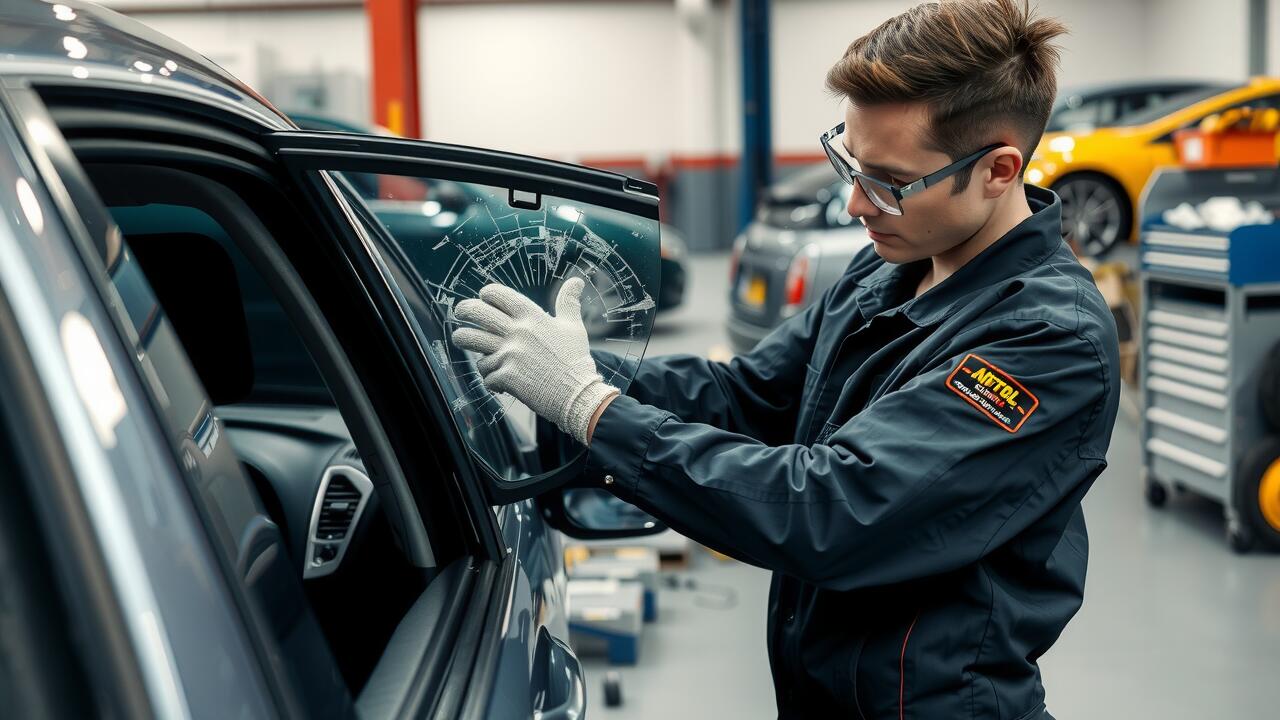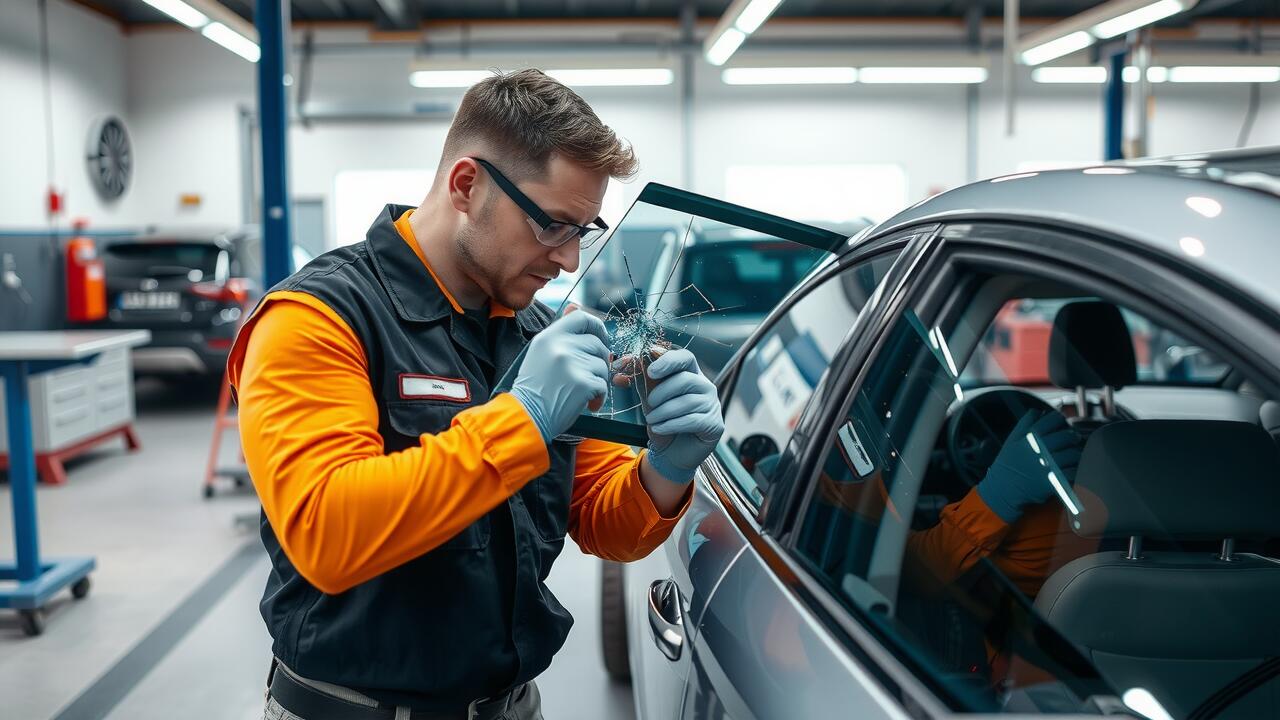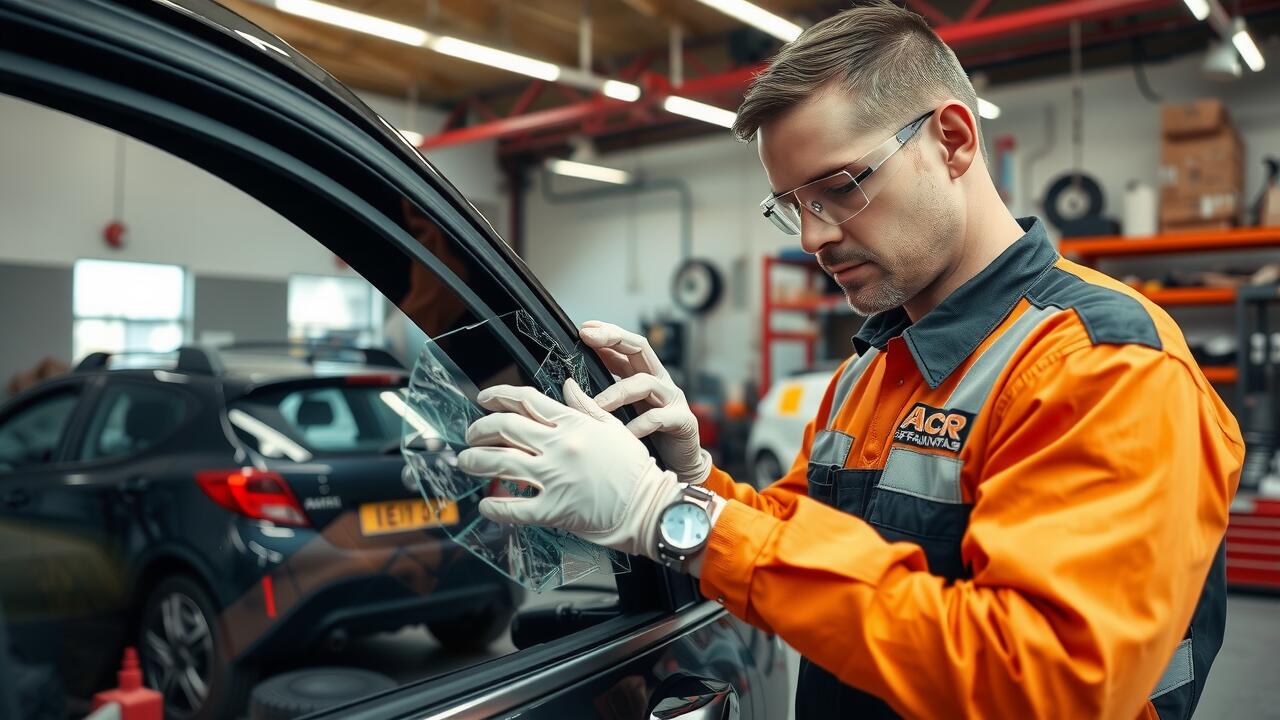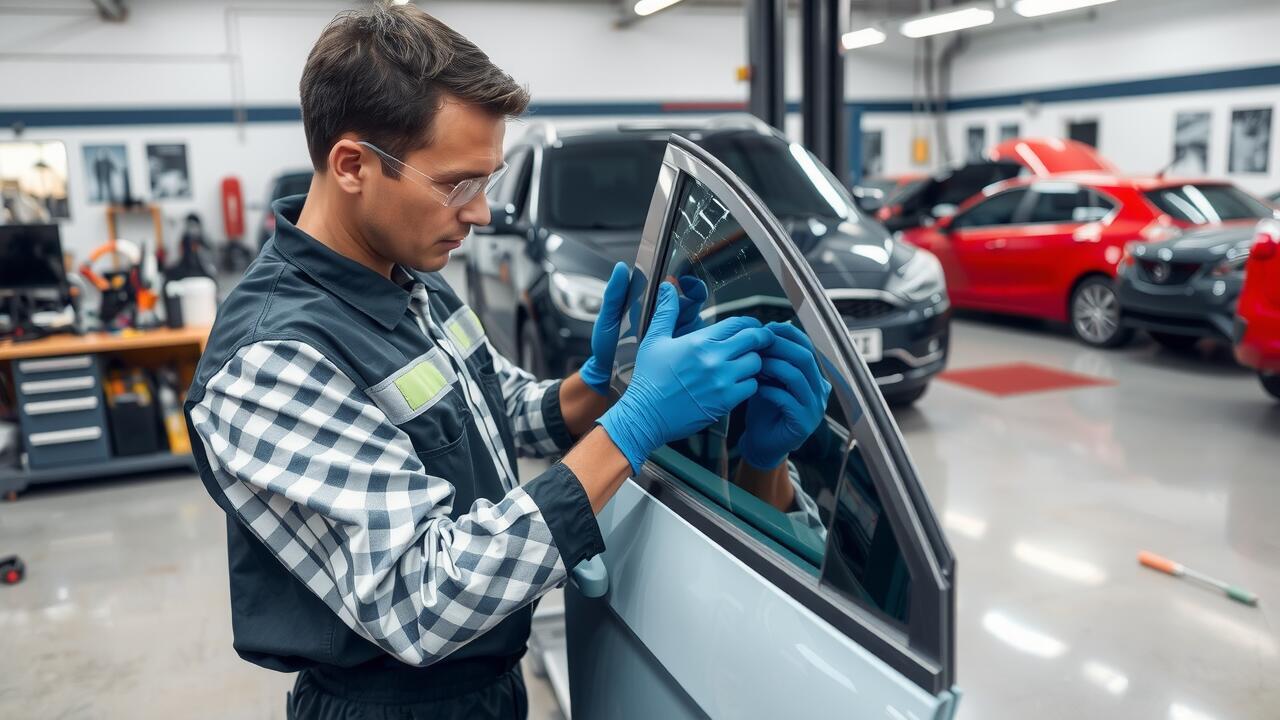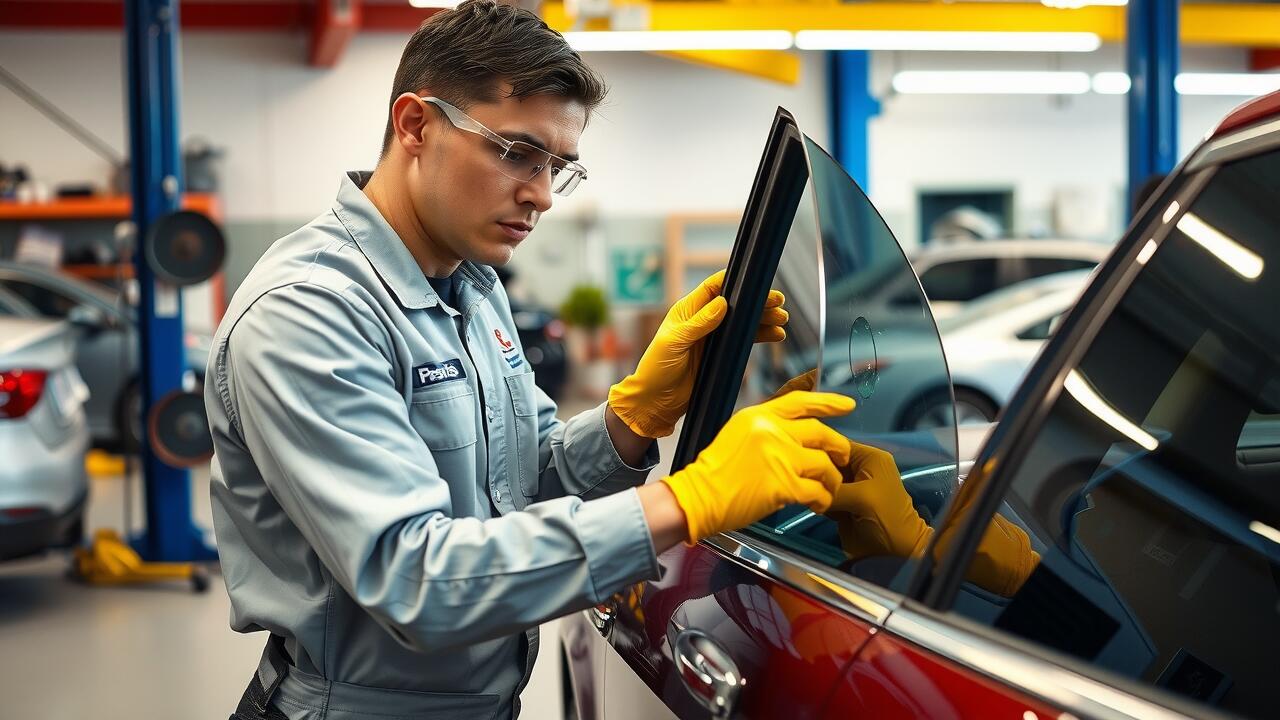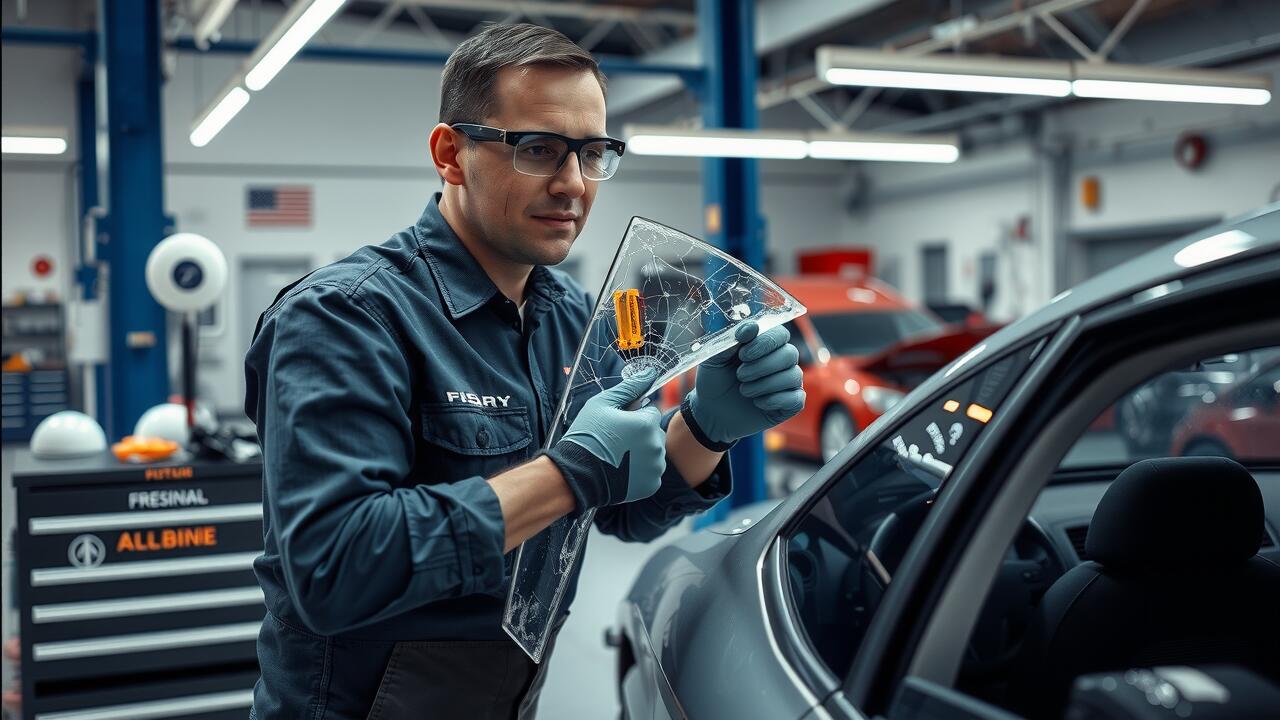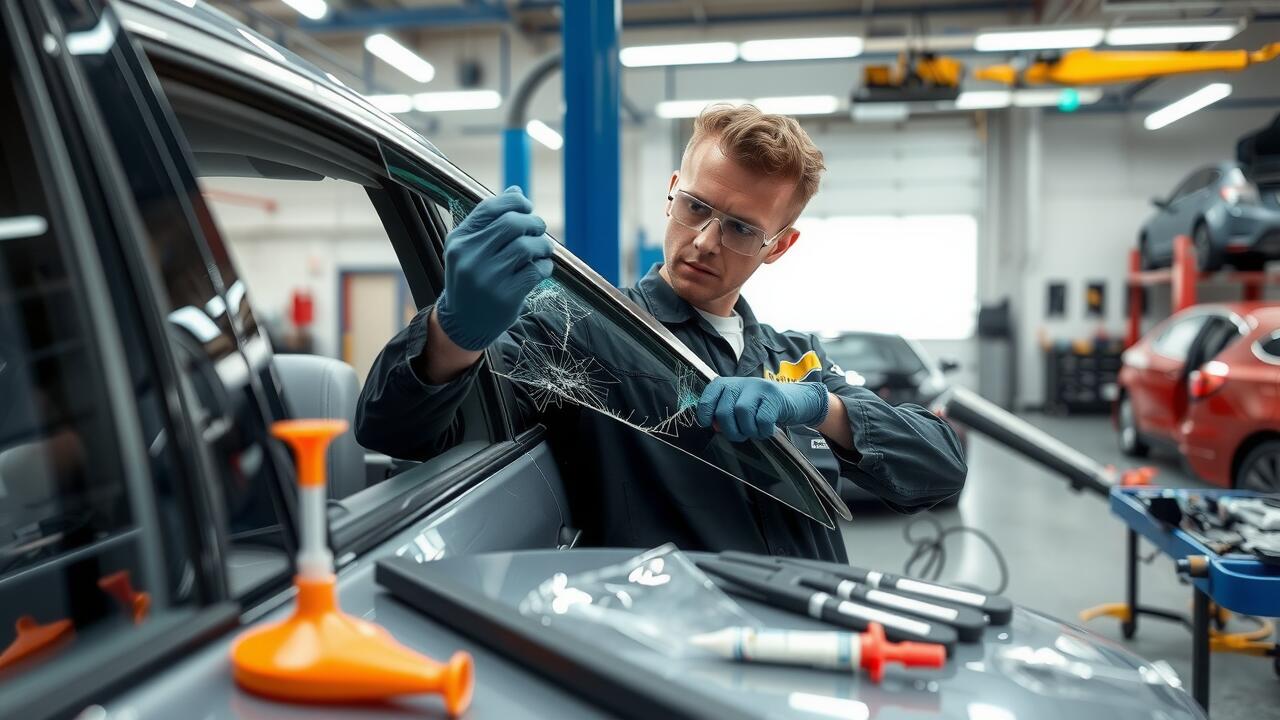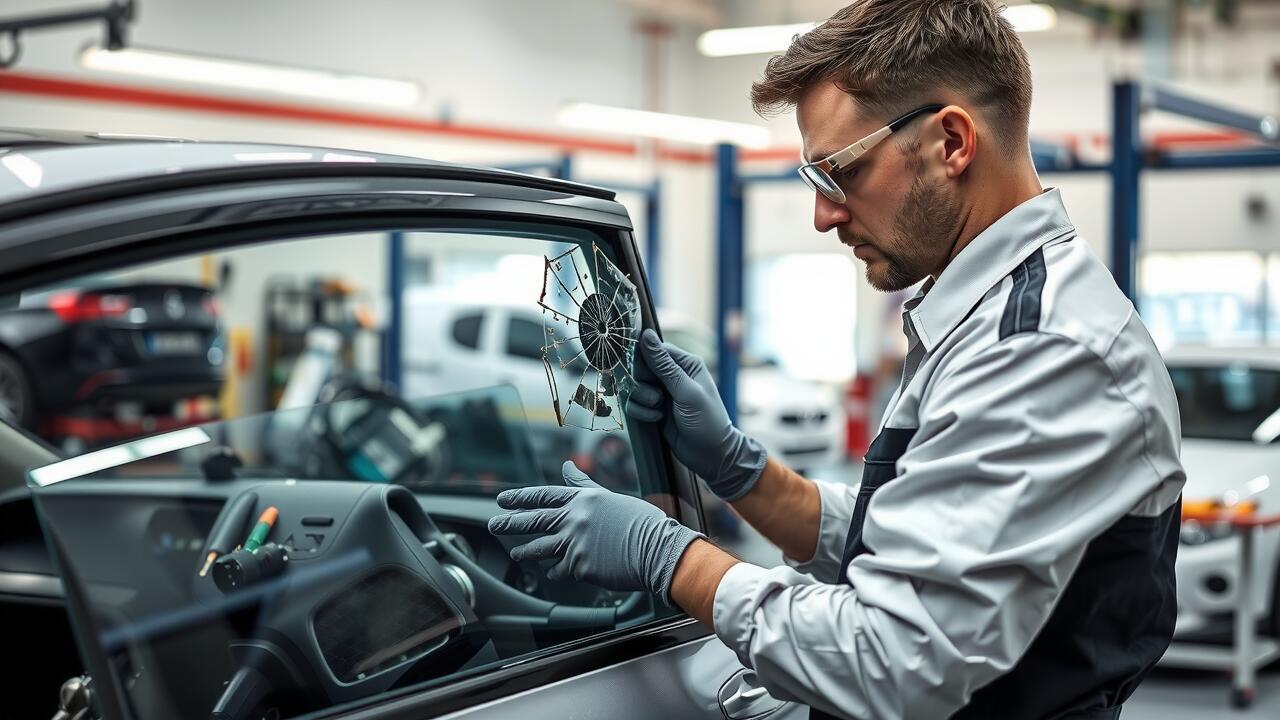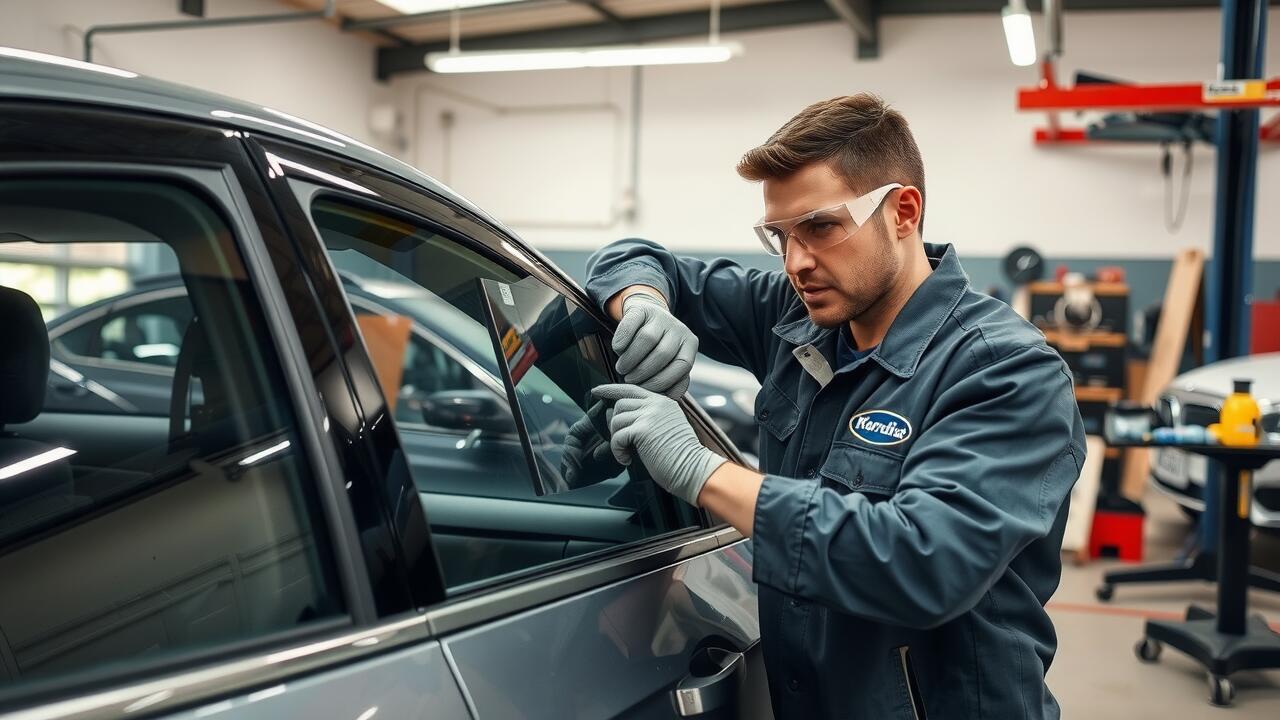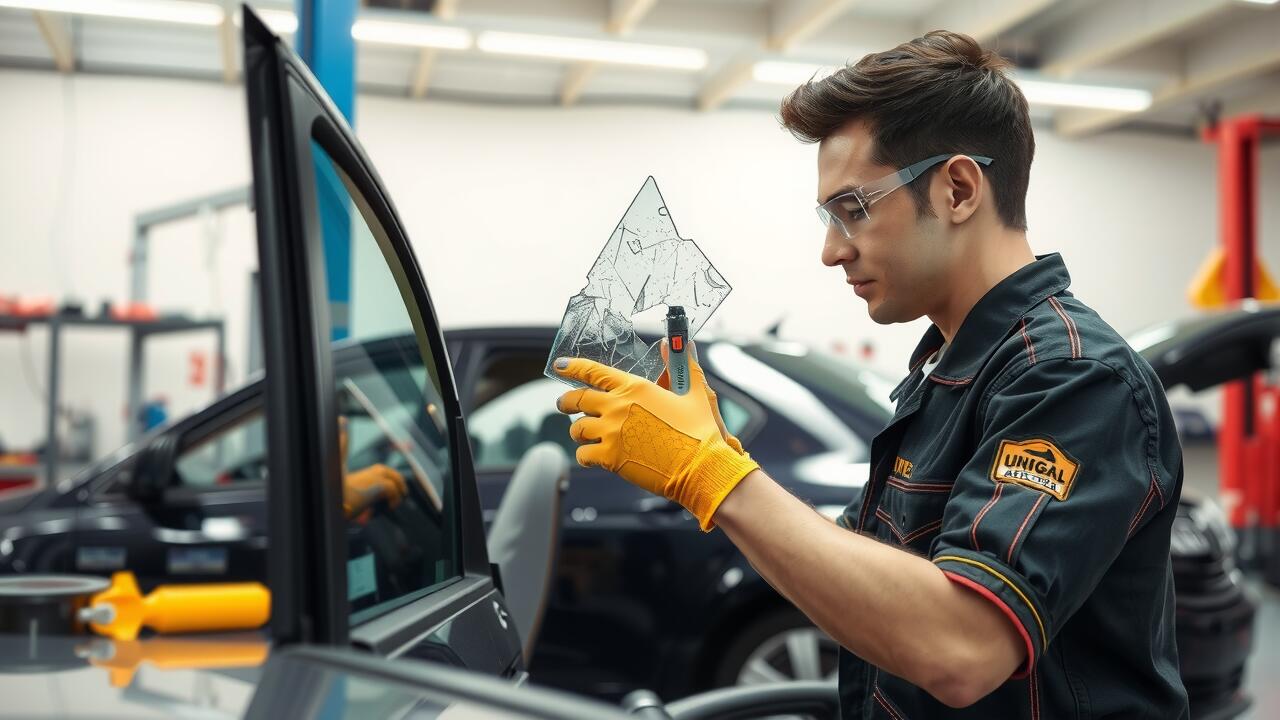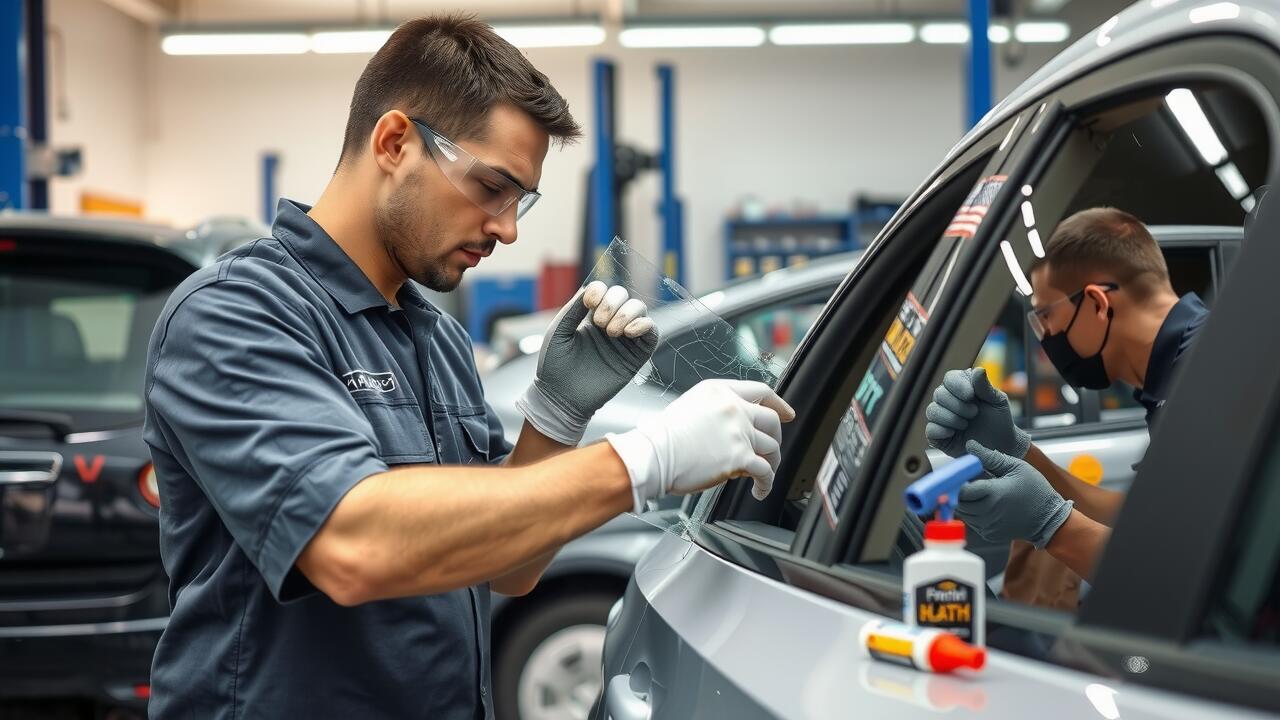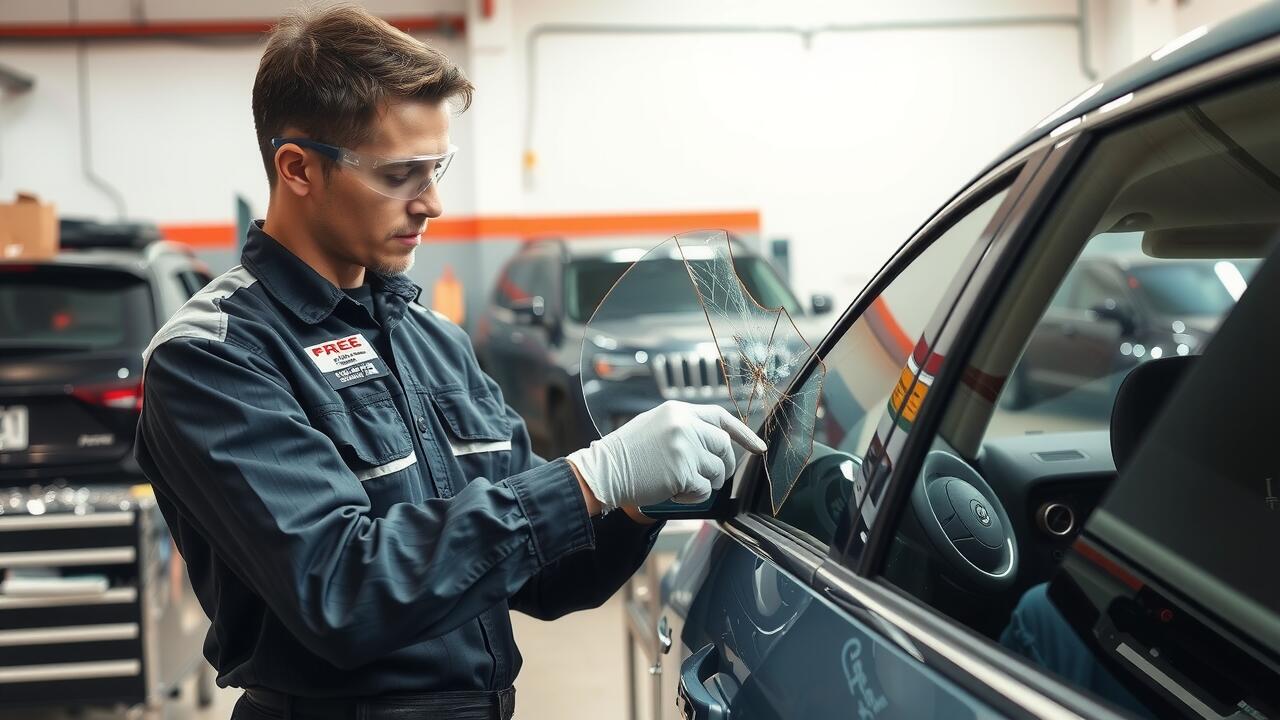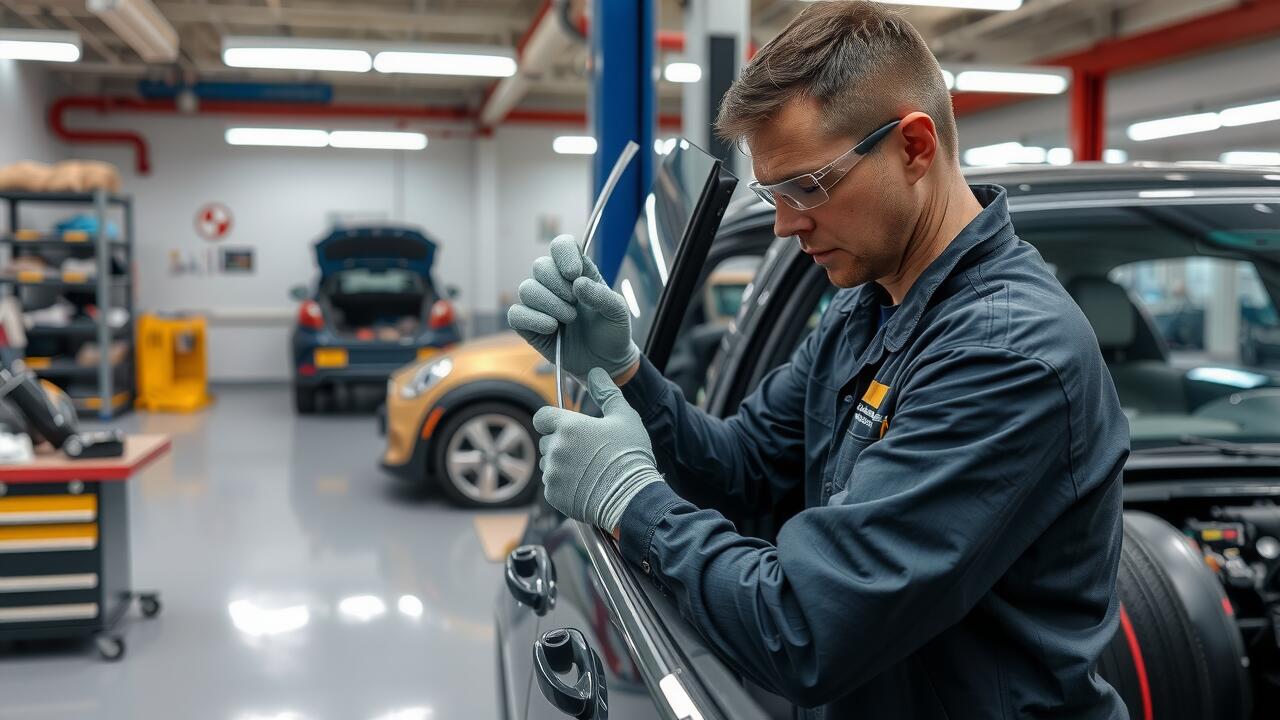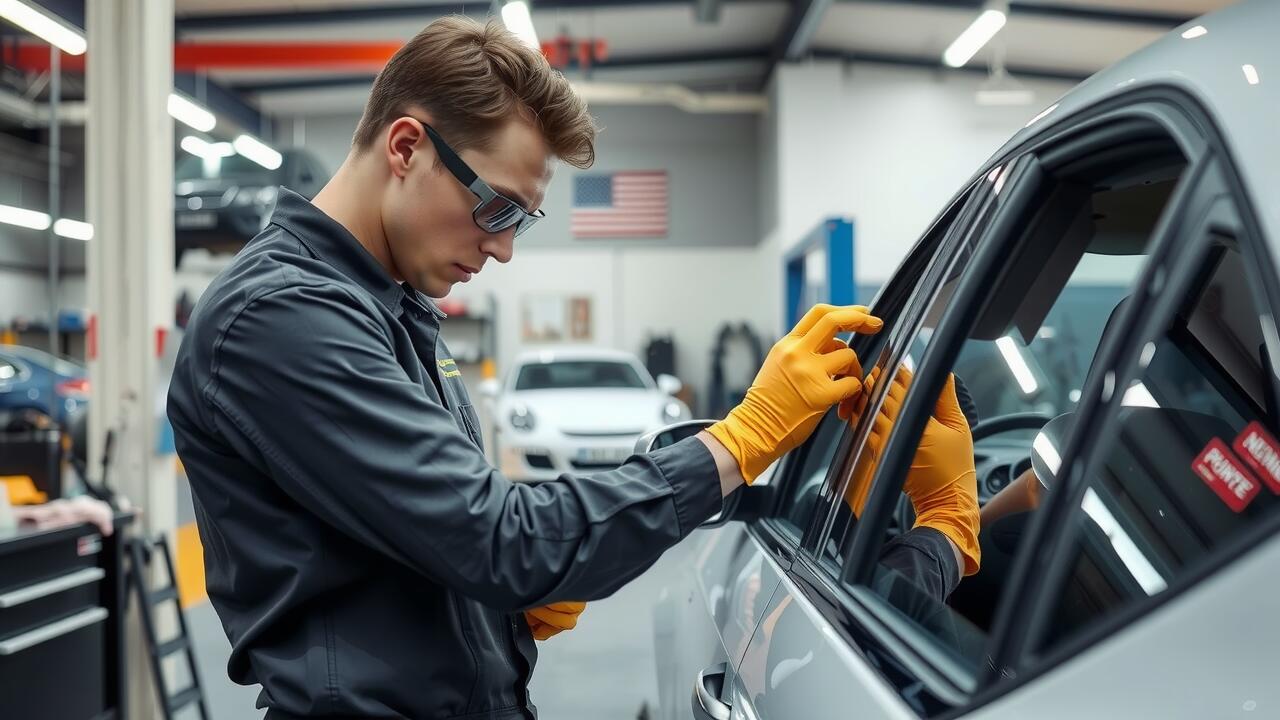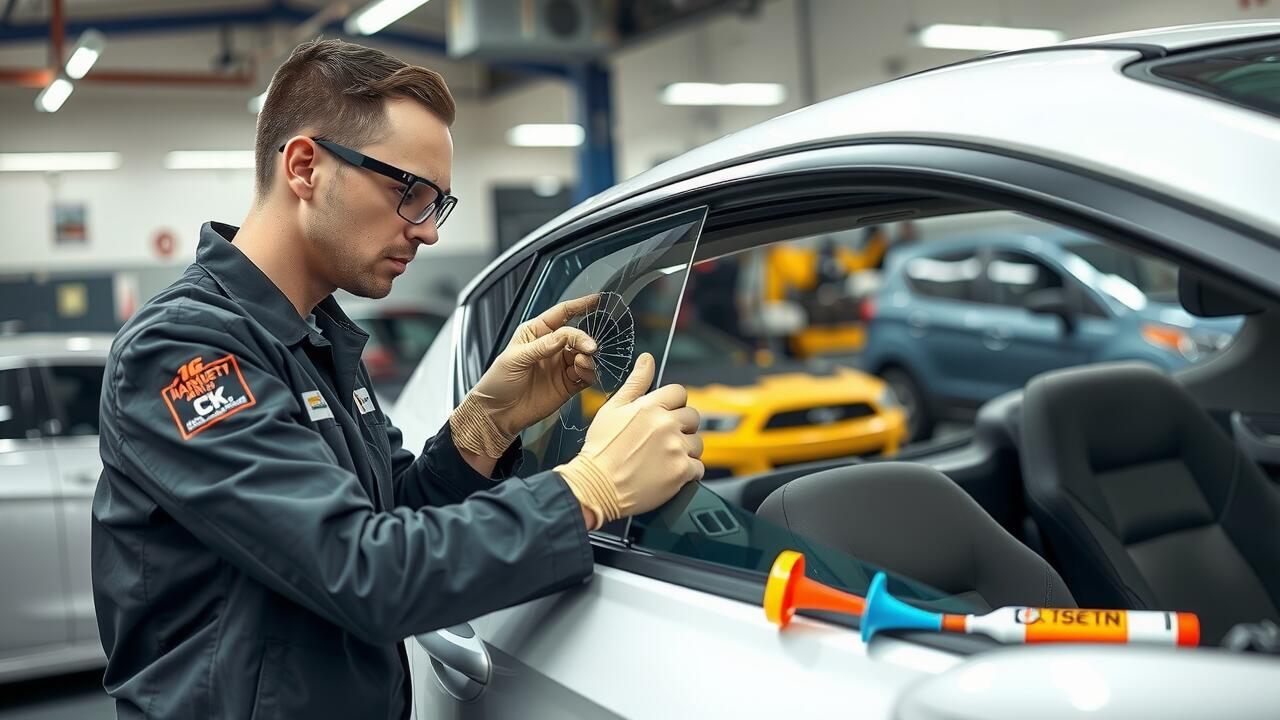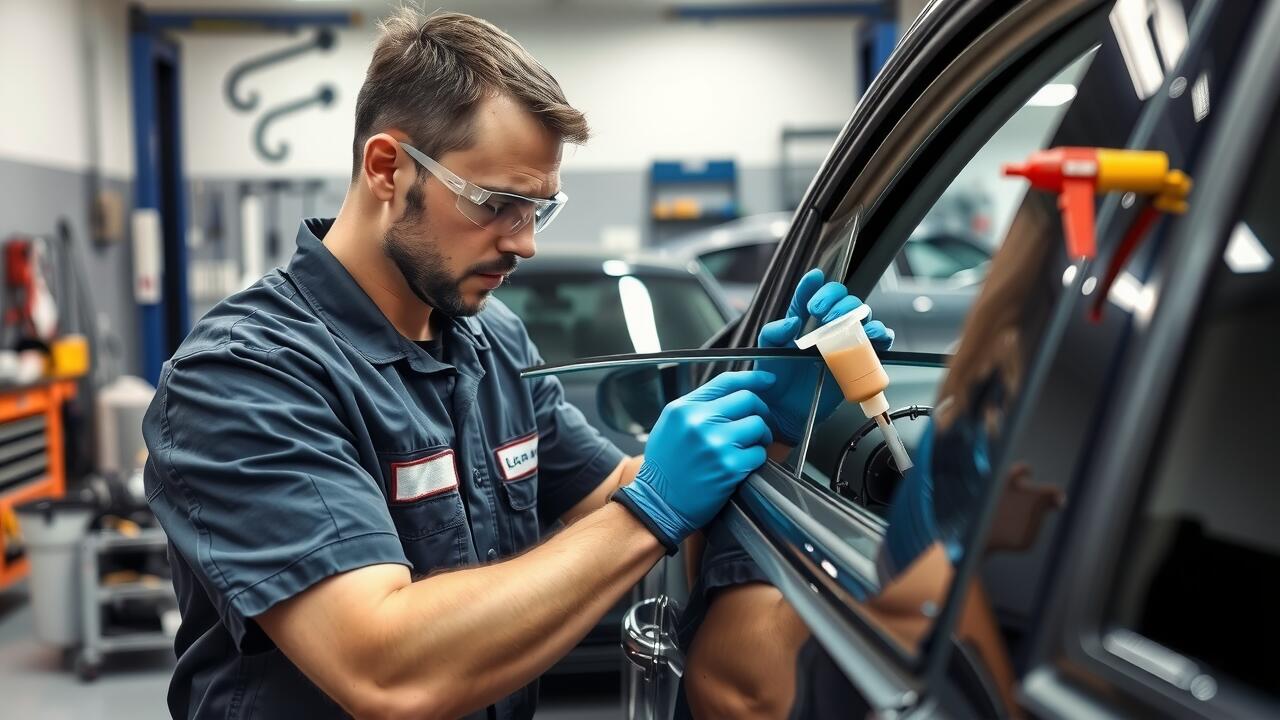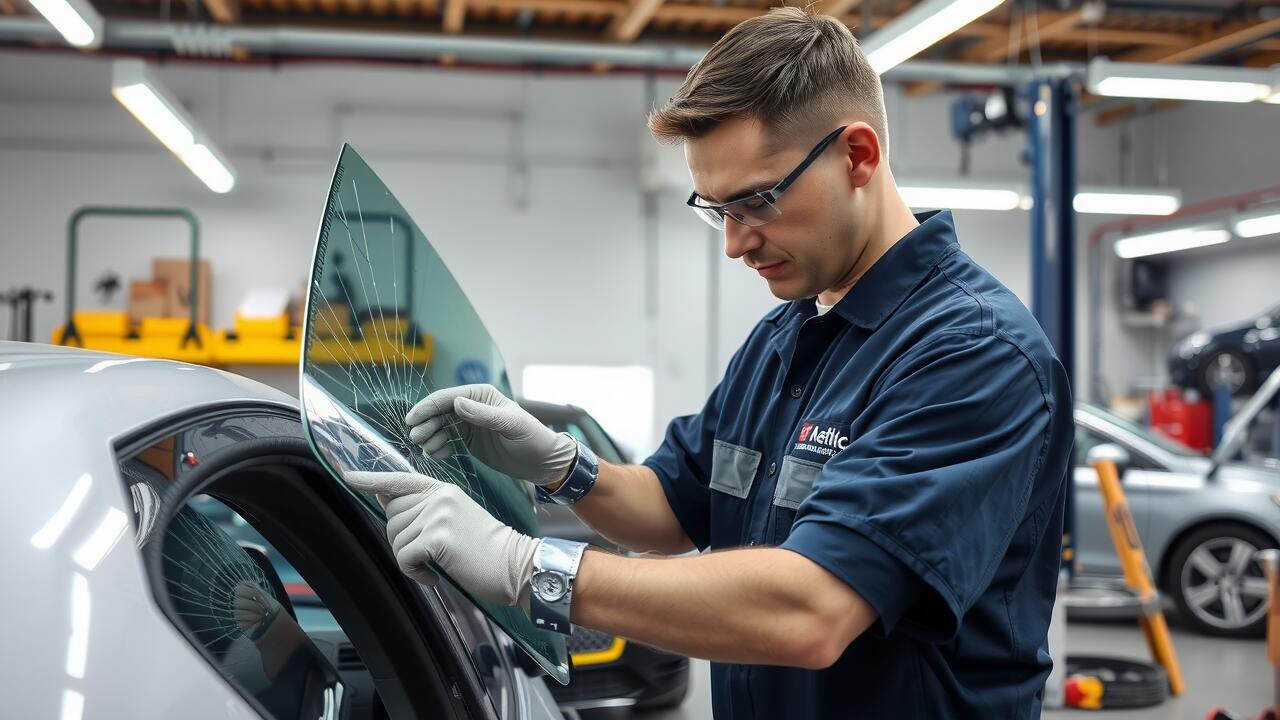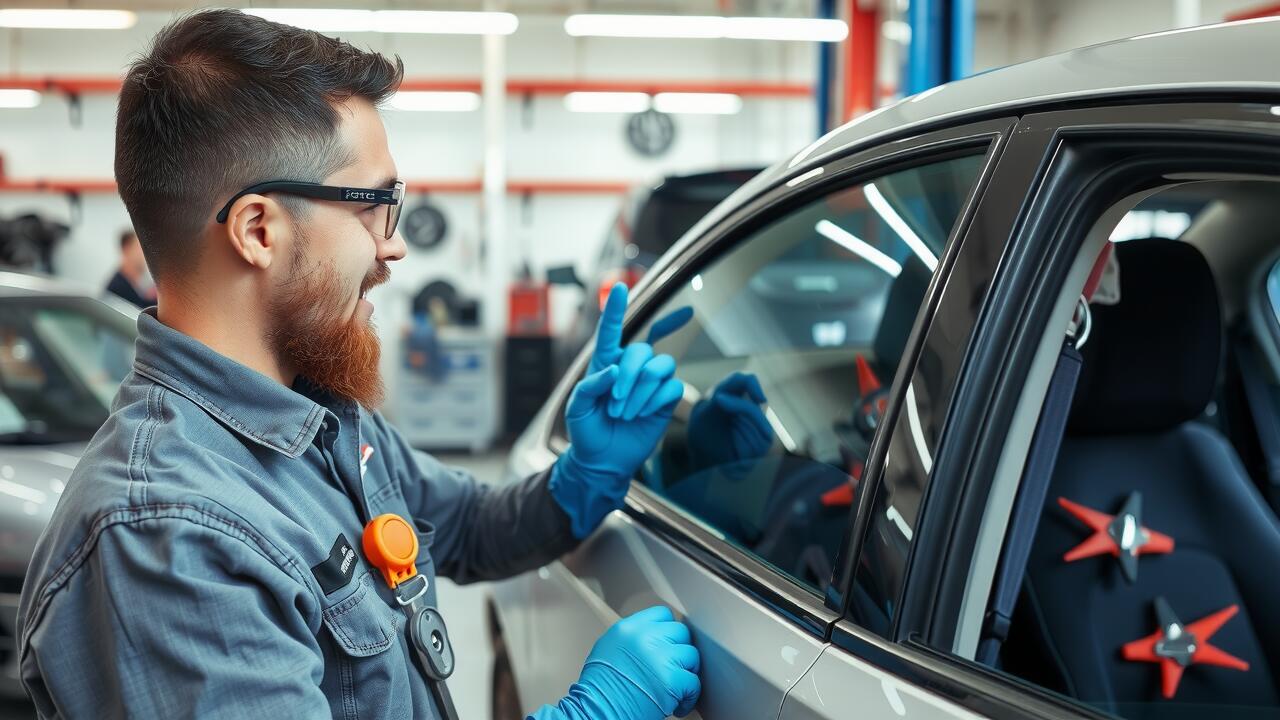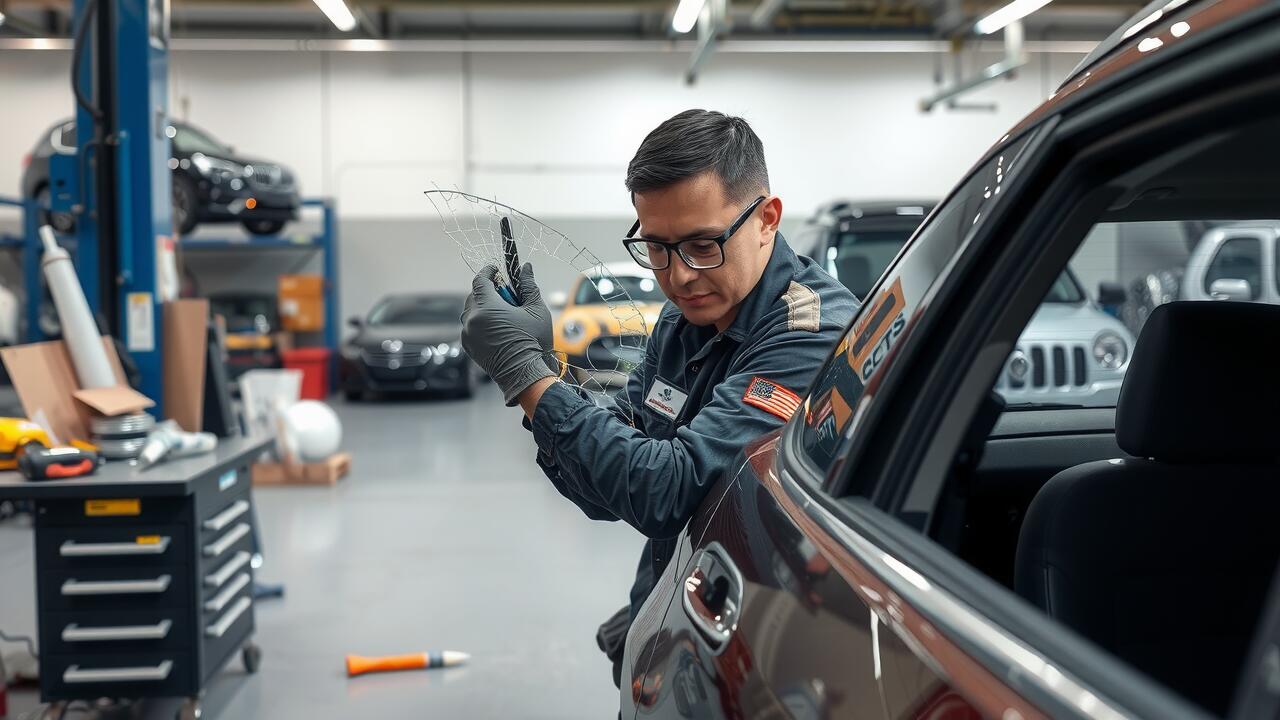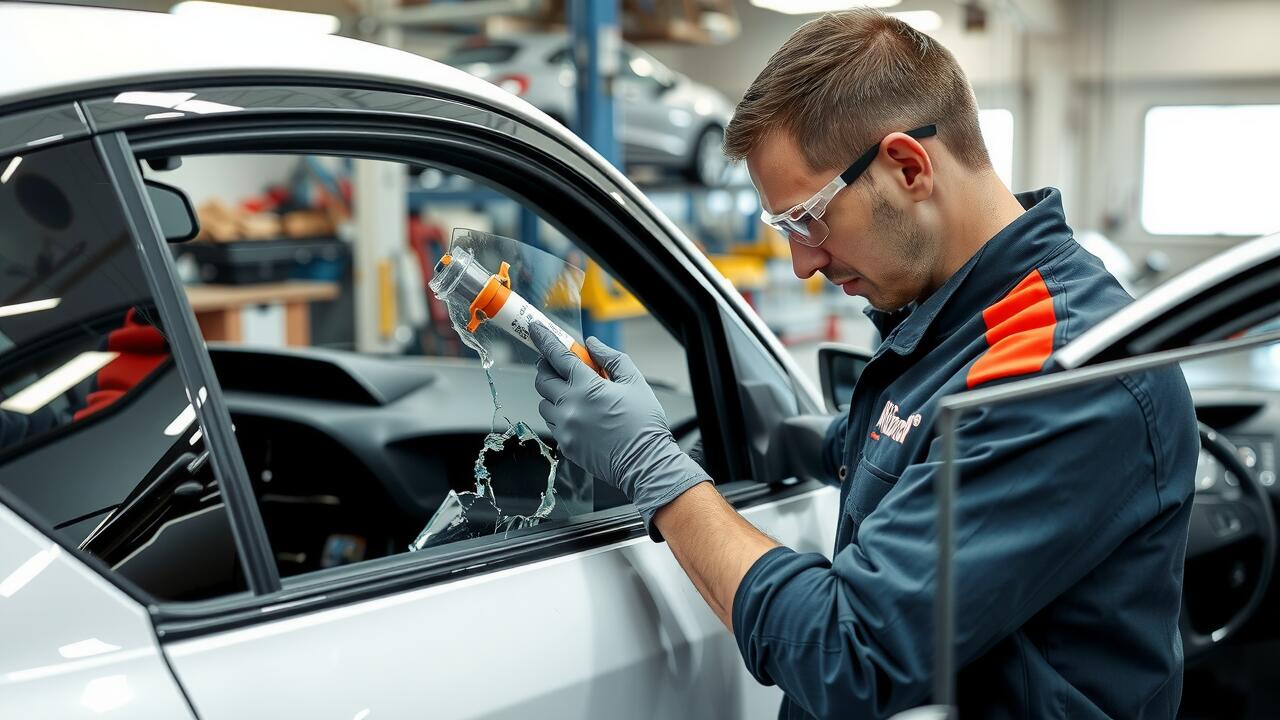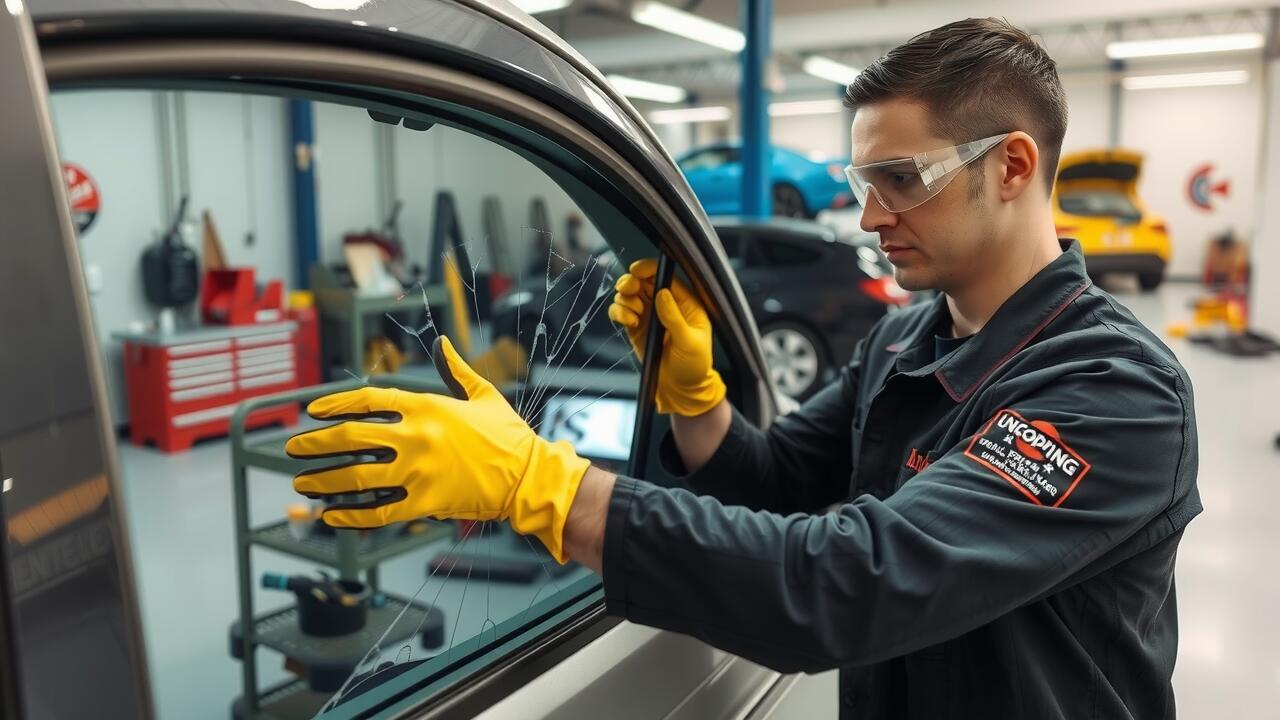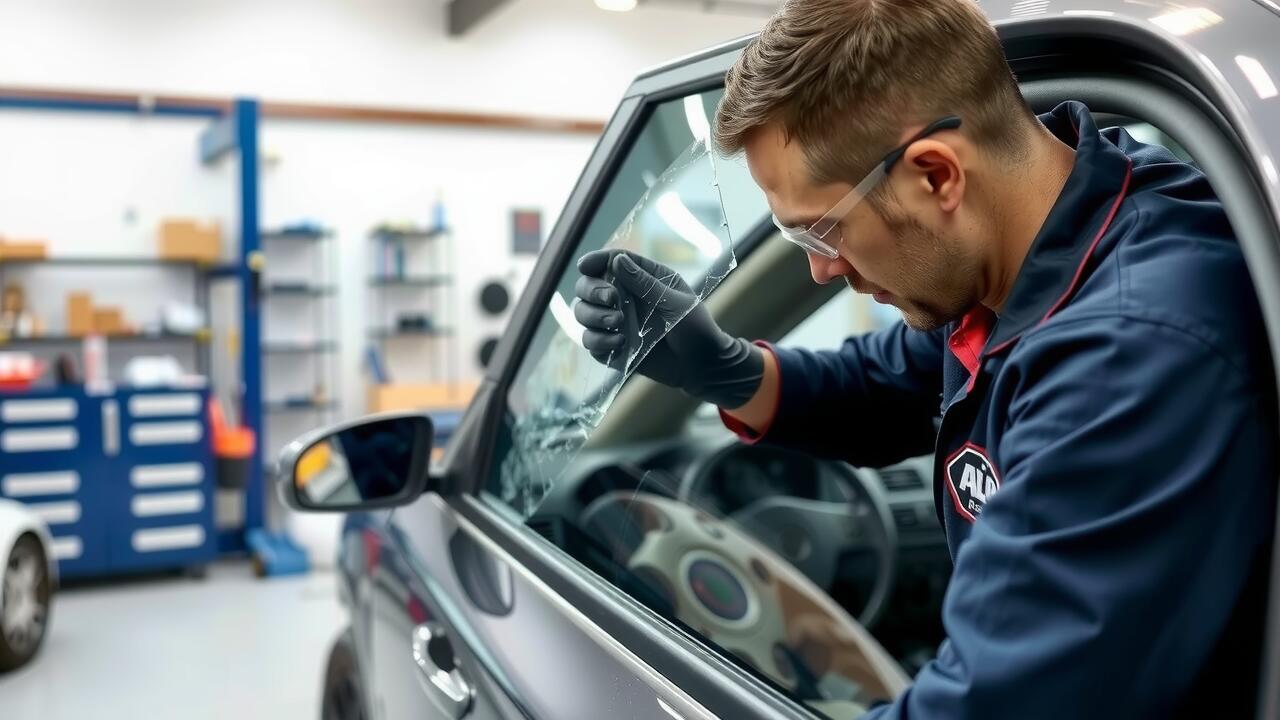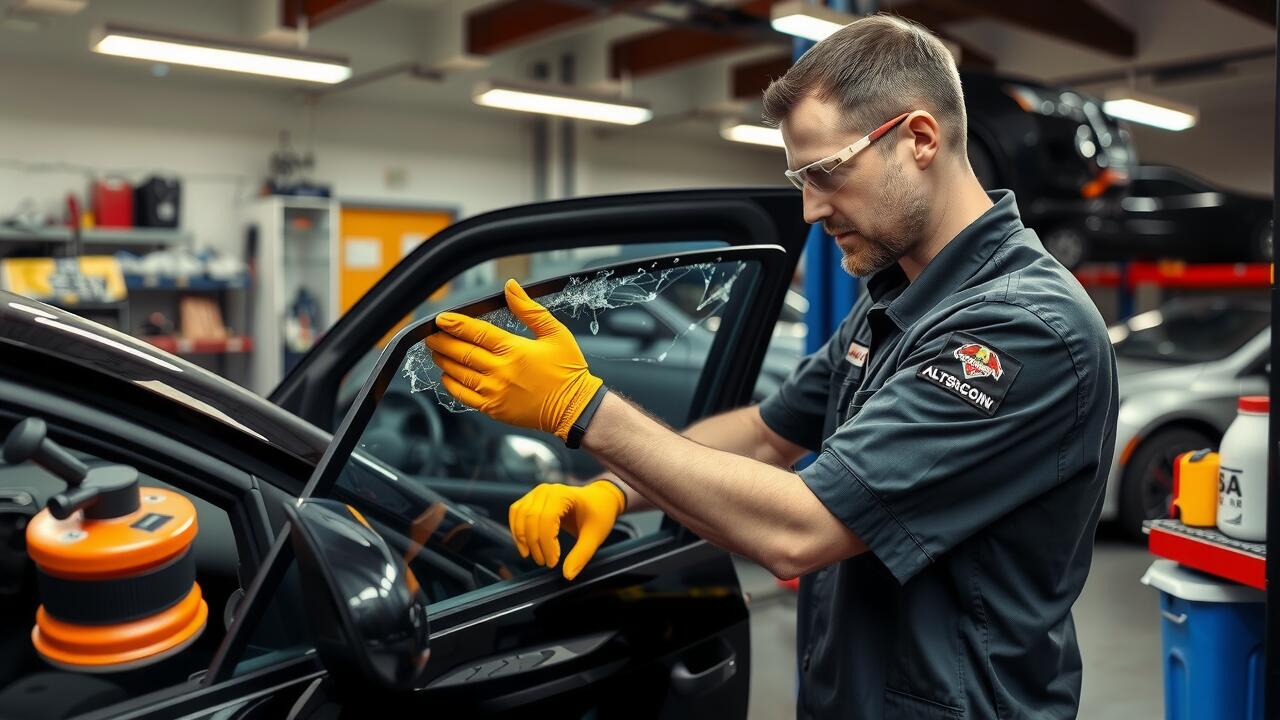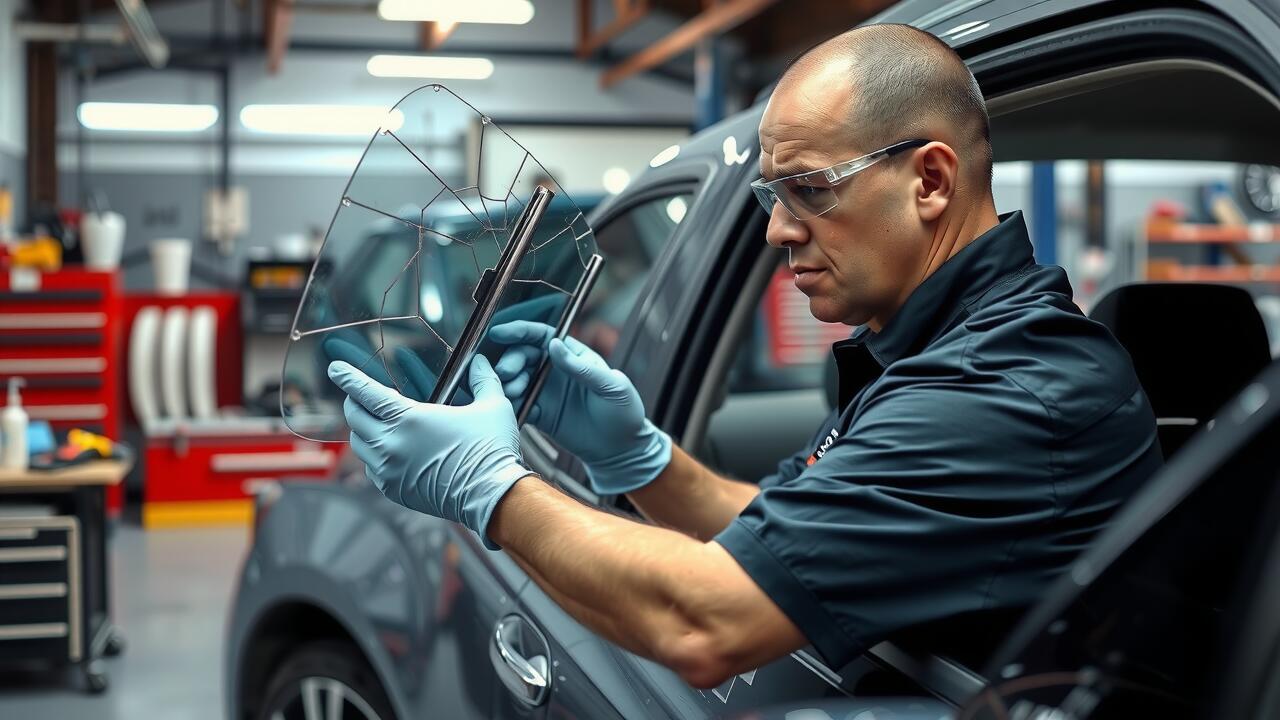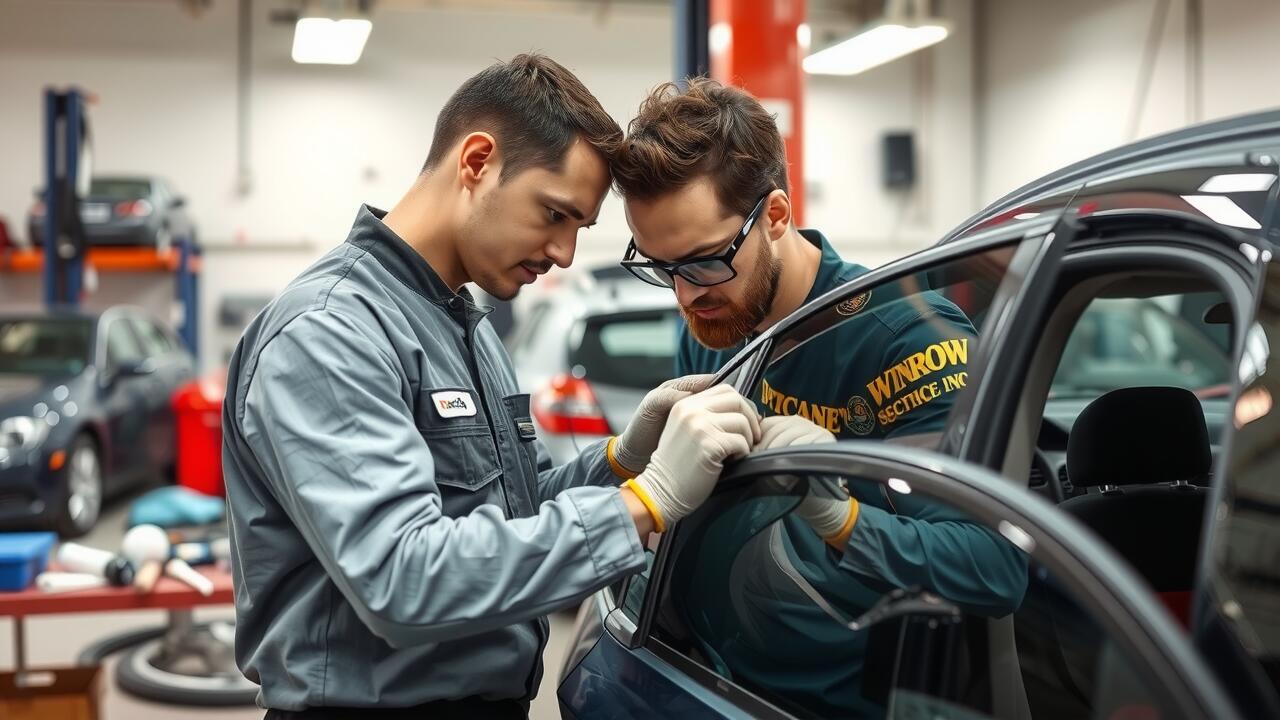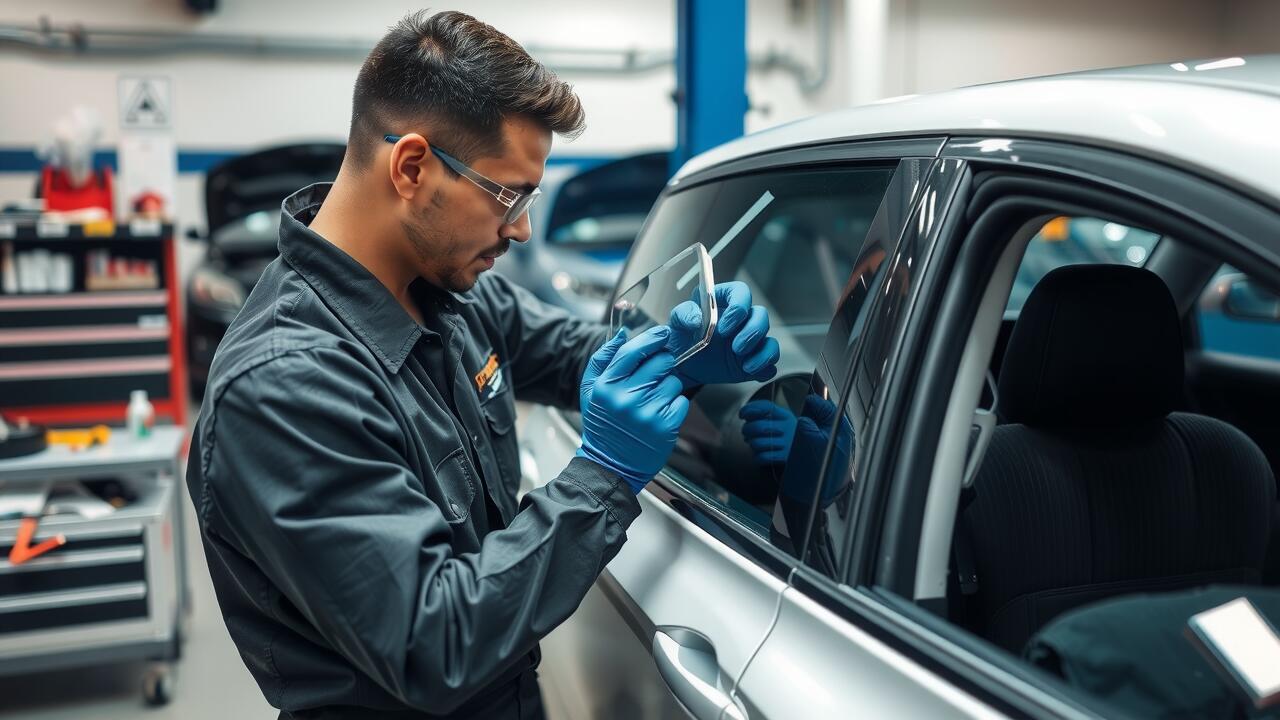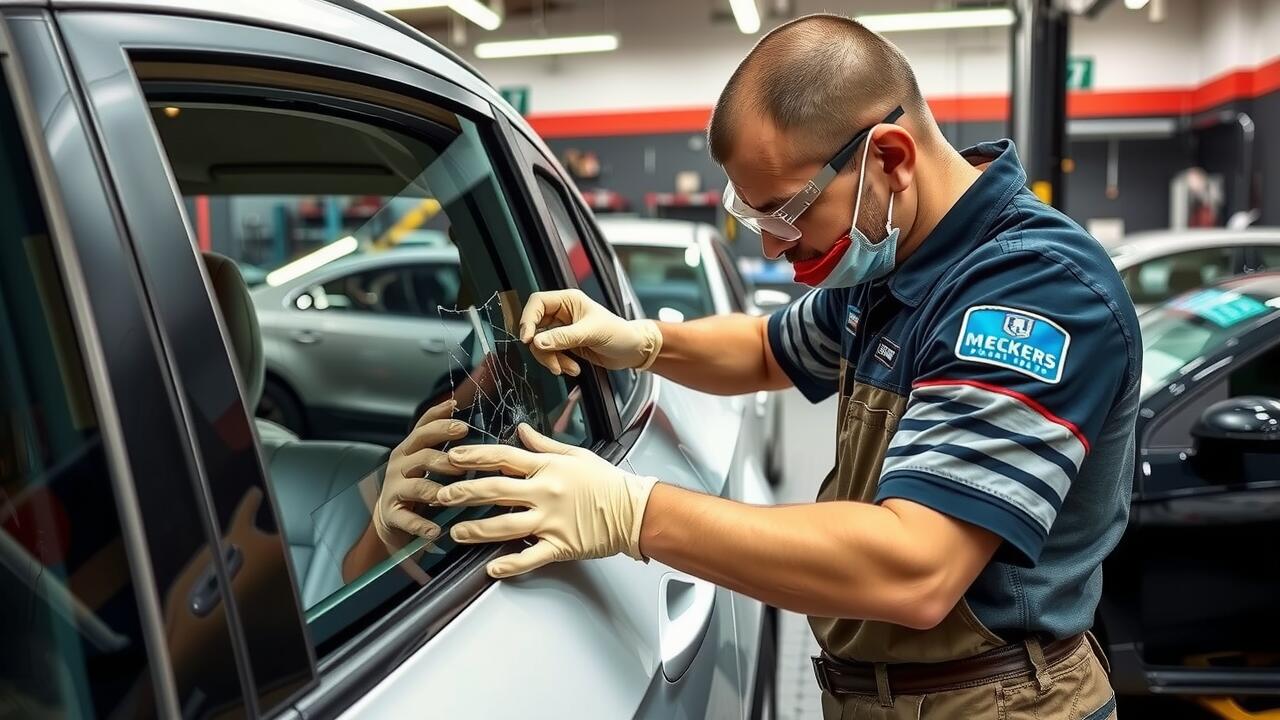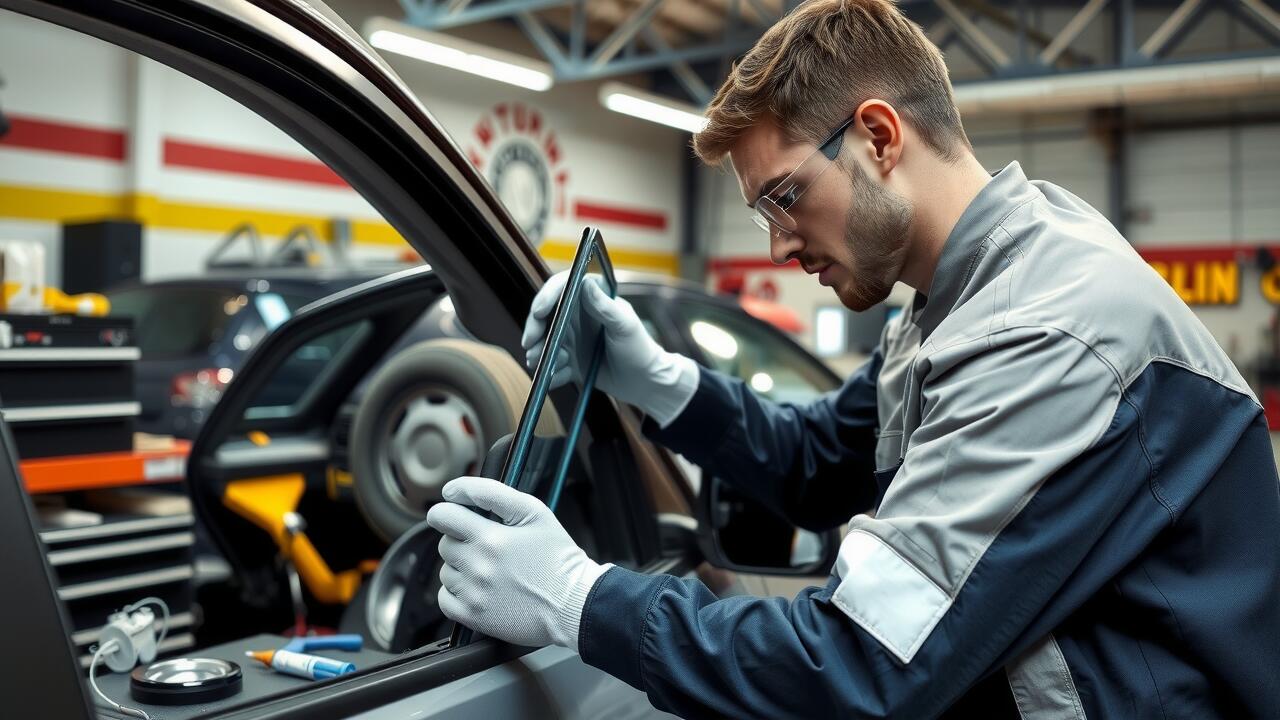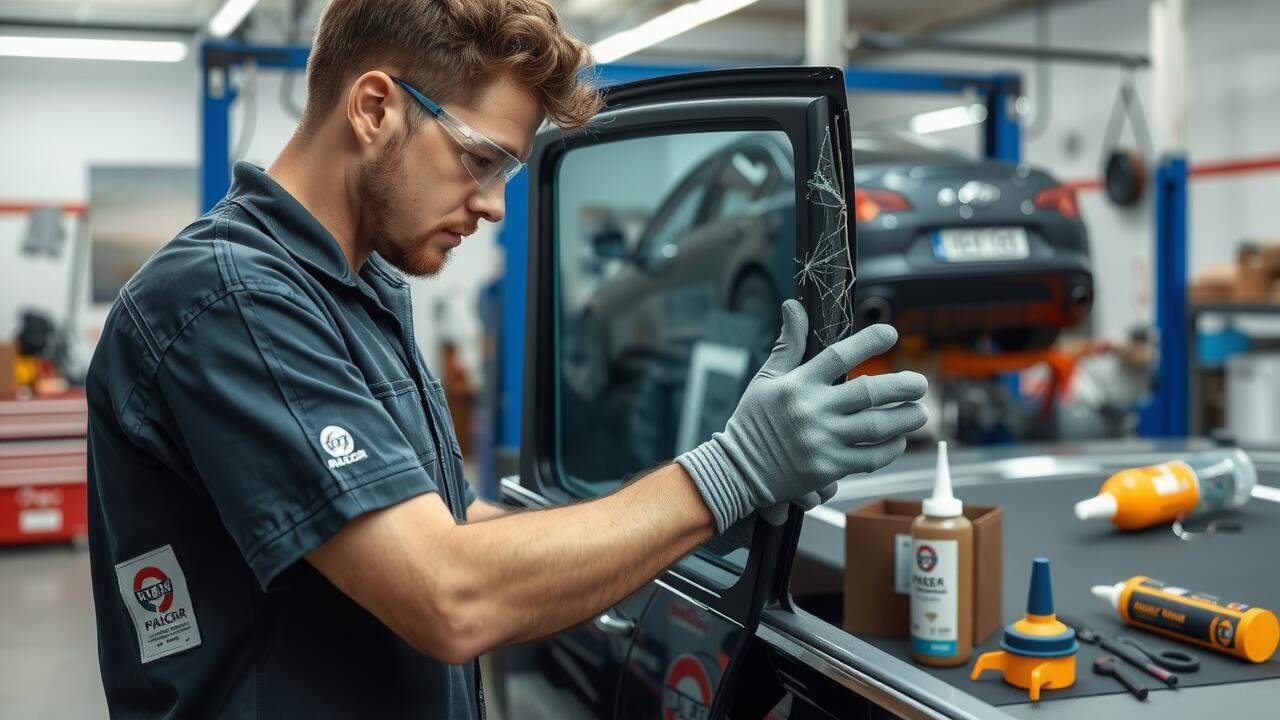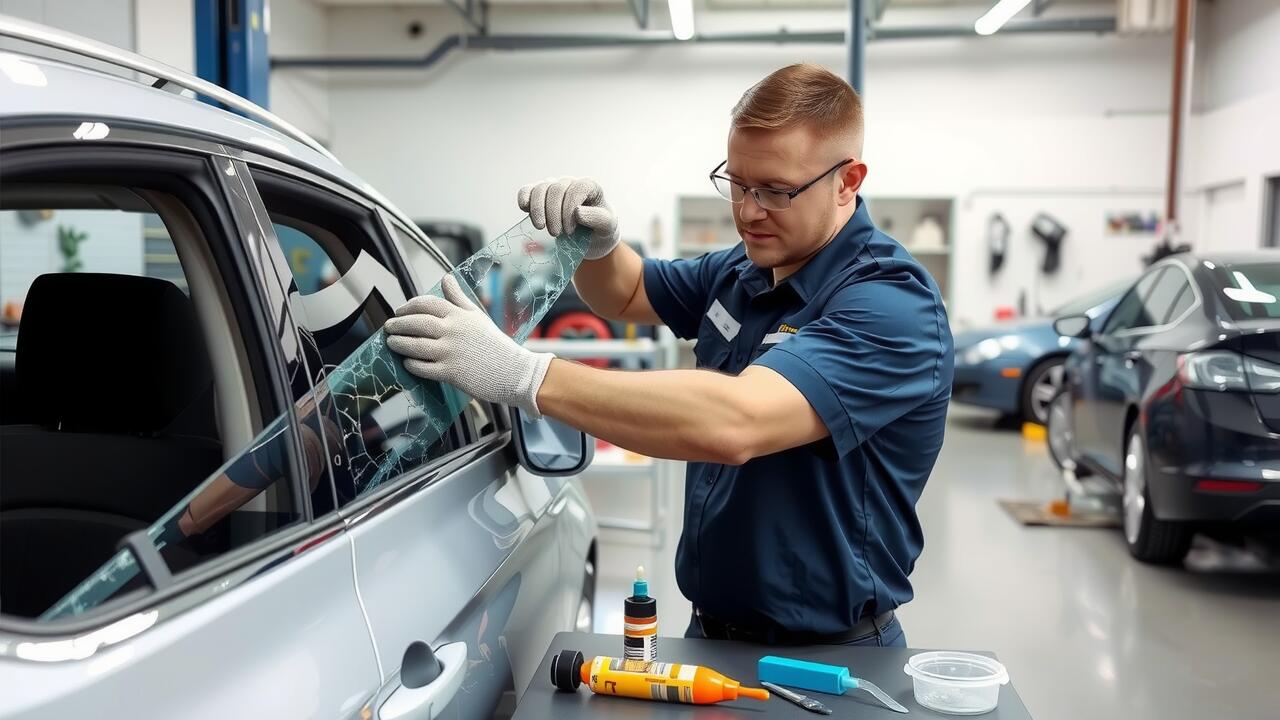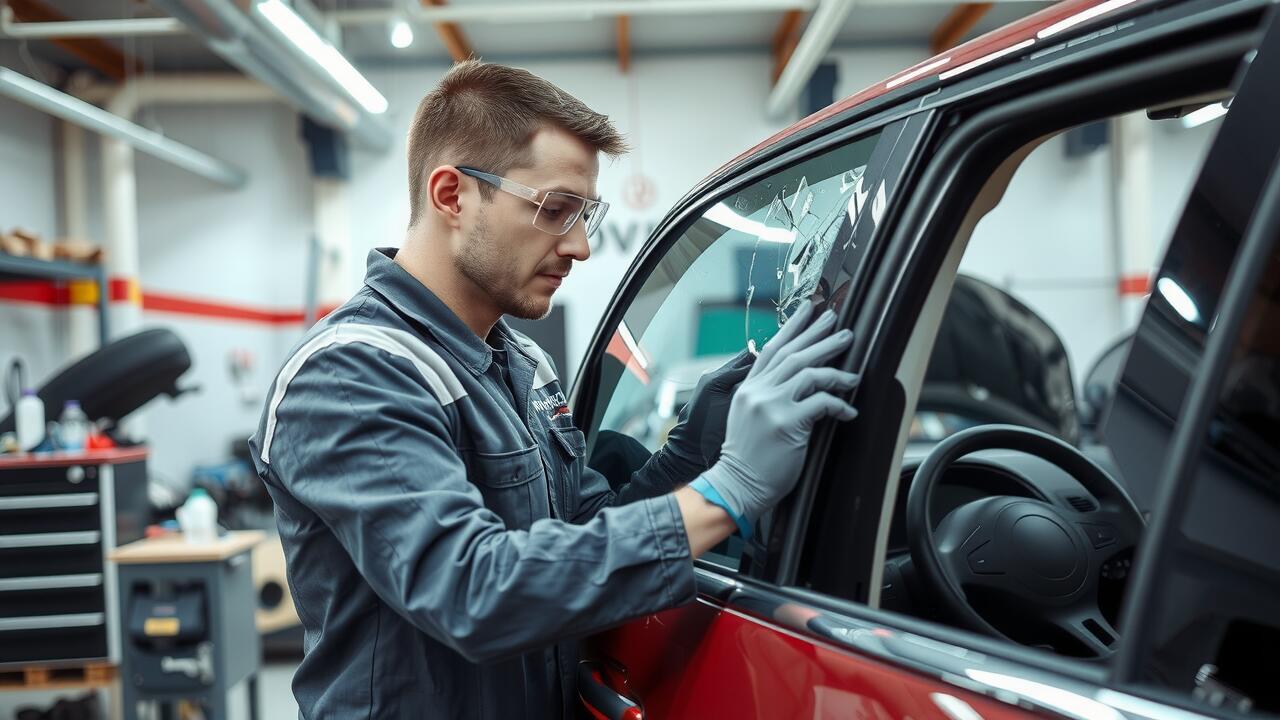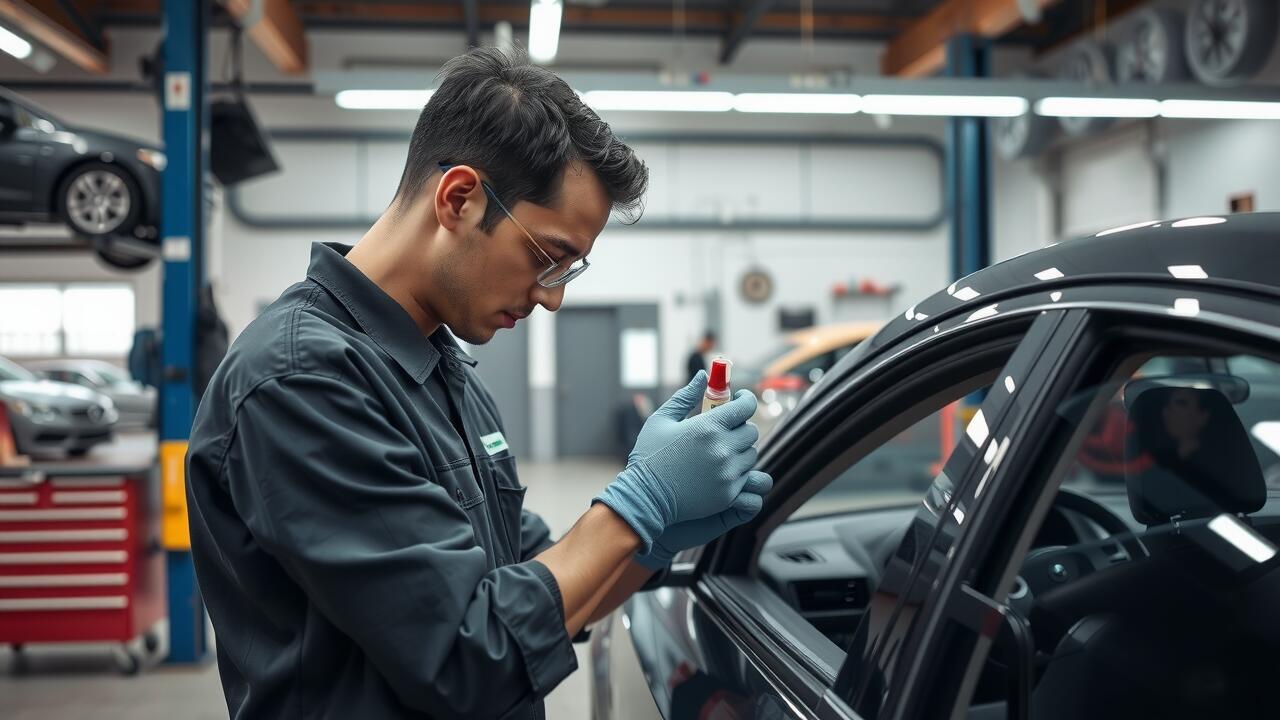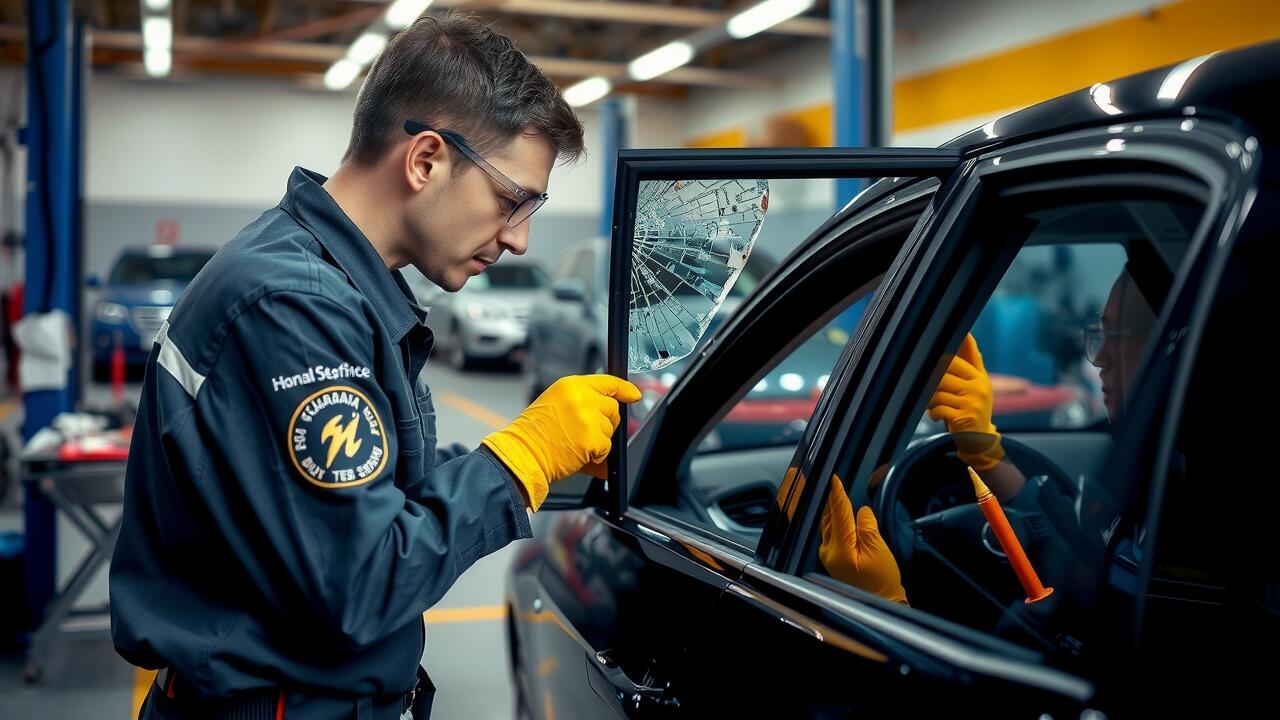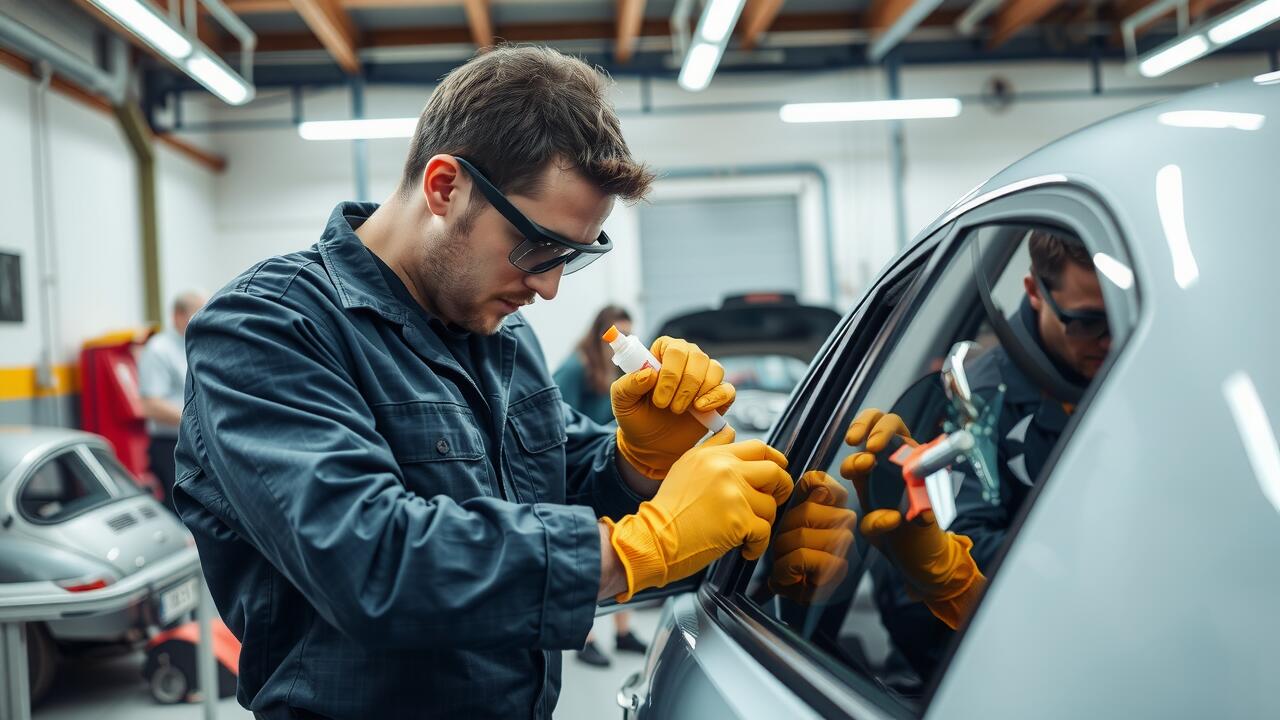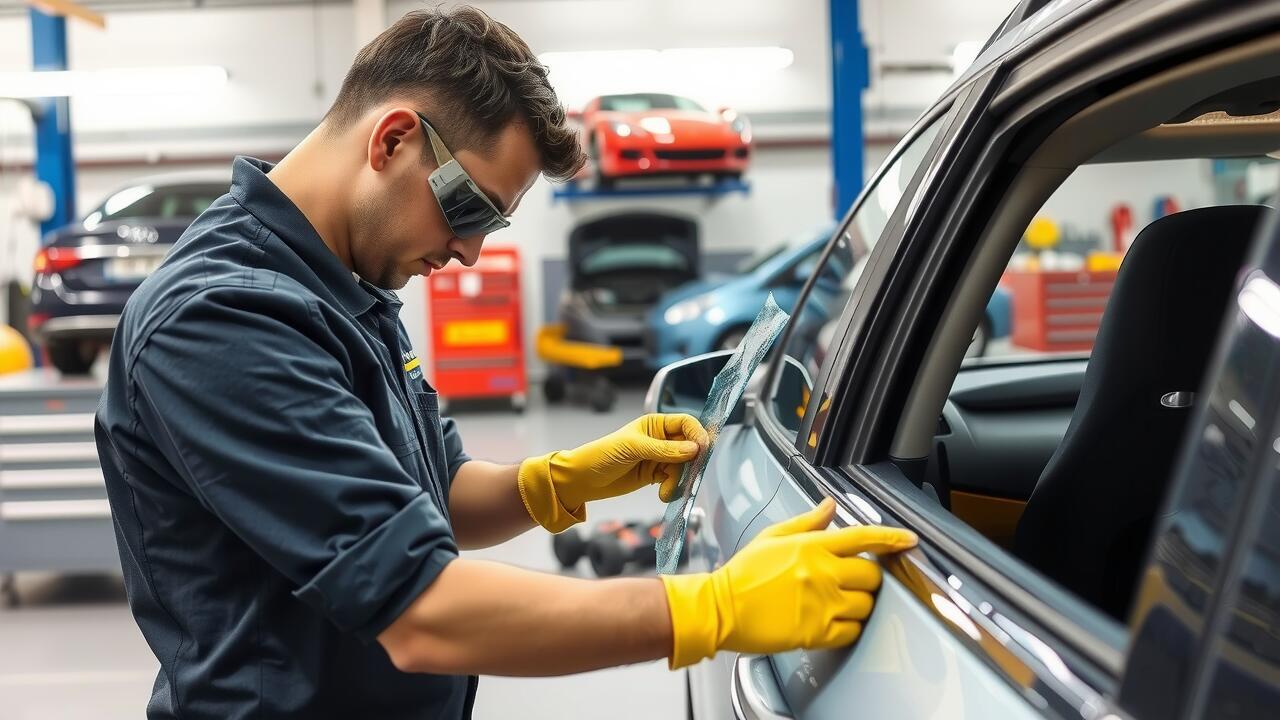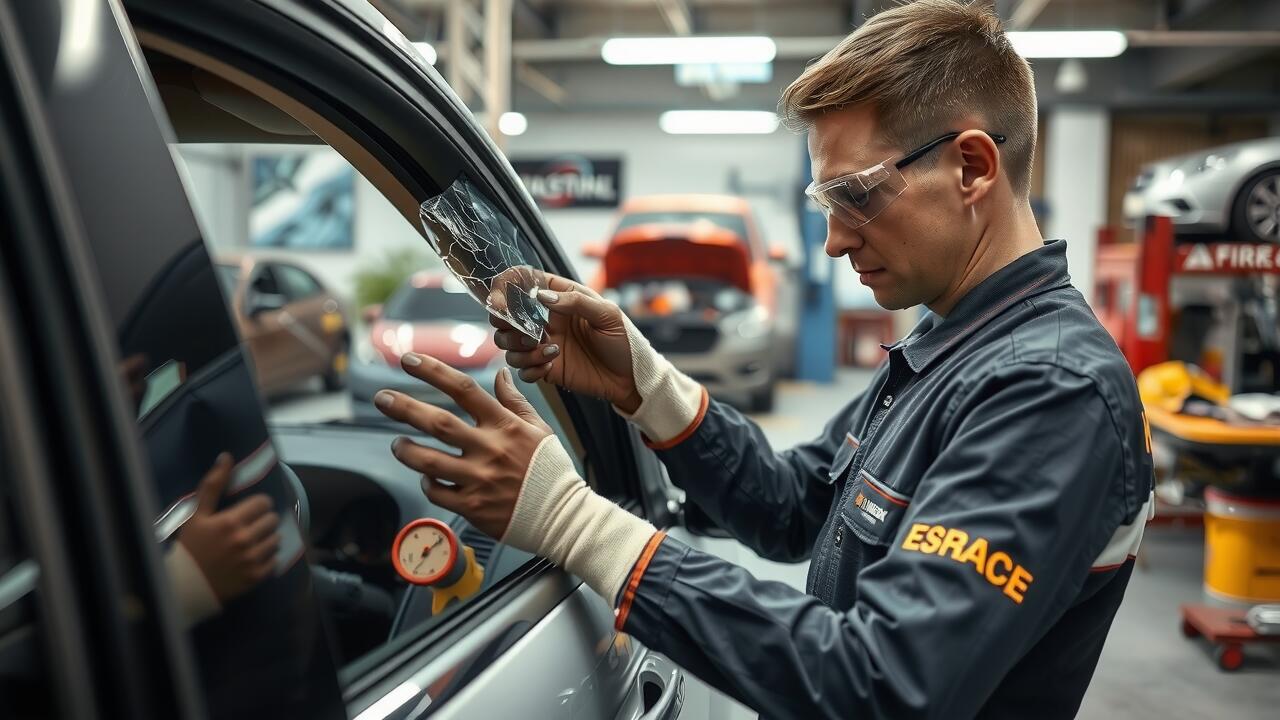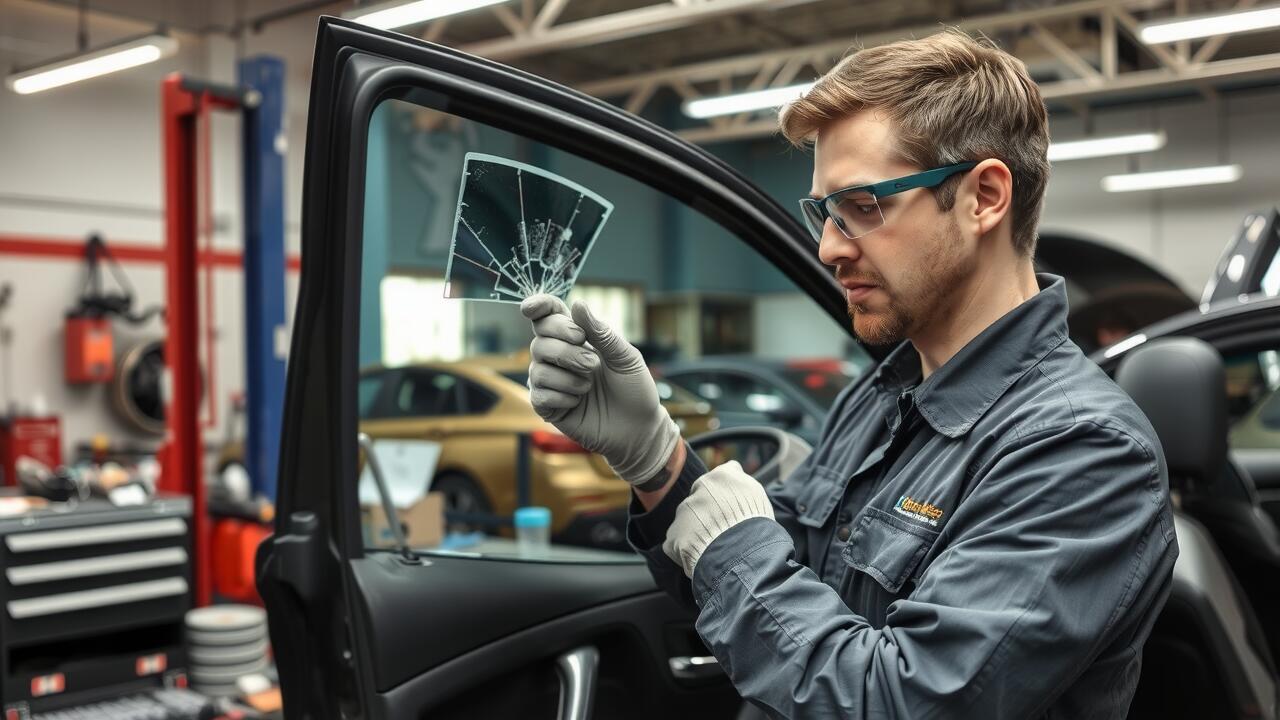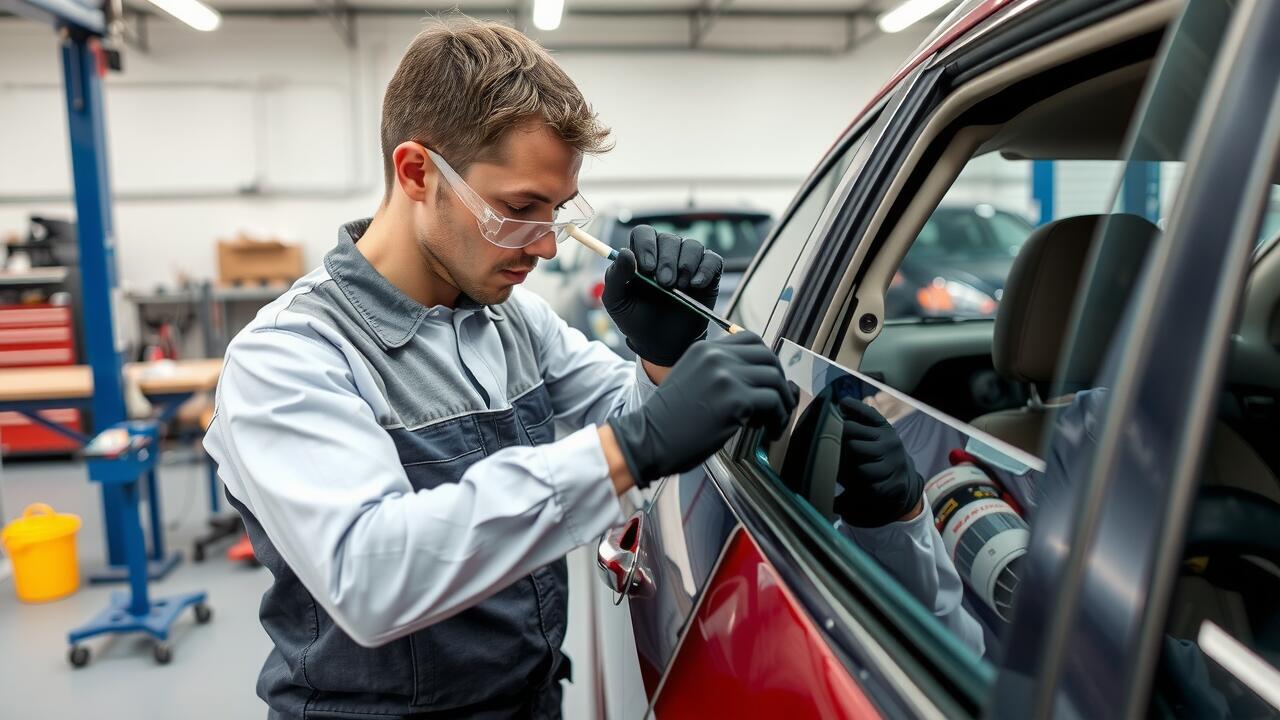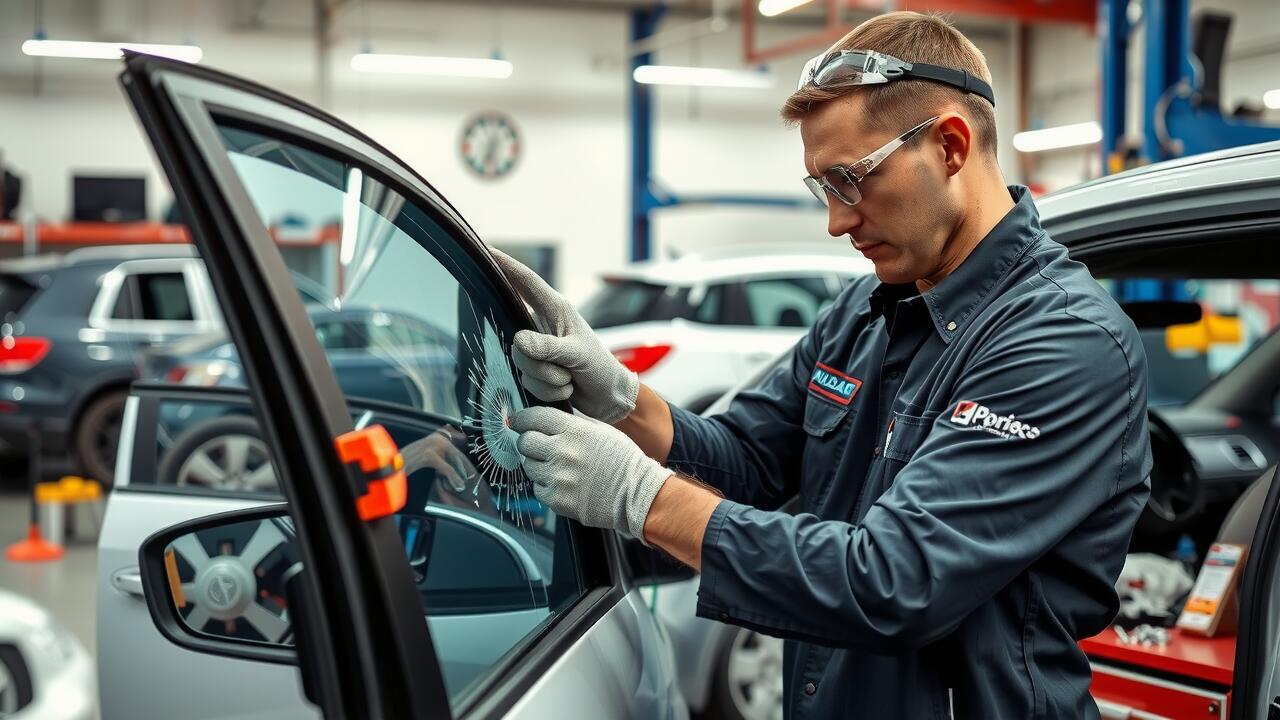
Table Of Contents
Examining the Wiring
When faced with a car window that won’t budge, examining the wiring is a crucial first step. Often, the root of the problem can lie within the electrical connections that control the window mechanism. Start by removing the door panel to access the internal components. Check for any signs of damage such as frayed or broken wires that may impede functionality. Properly secured wires should not have any exposed copper or wear that could lead to shorts or disconnections.
After evaluating the state of the wiring, it's important to test the window switch and the motor. A multimeter can be handy for checking whether power is reaching the window motor when the switch is activated. If the voltage is not present, the issue could be due to a faulty switch or a broken connection in the wiring harness. Quick checks can save time and offer clear directions for your Side Window Repair, ensuring that deeper problems can be addressed effectively.
Identifying Broken or Frayed Wires
When troubleshooting a car window that won’t roll up or down, it’s crucial to inspect the wiring for any signs of damage. Broken or frayed wires can interrupt the electrical flow, preventing the window from operating properly. Carefully remove the door panel to gain access to the wiring harness. Look for any visible breaks, corrosion, or wear on the wires. If issues are detected, this could indicate the need for side window repair.
If the wires appear damaged, it may be necessary to splice in new sections or replace the entire harness. Ensure that the connections are secure and insulated to avoid future problems. Testing the window mechanism after any repairs will confirm whether the wiring was the root cause. Proper identification and resolution of these electrical issues are essential steps in the overall side window repair process.
Lubricating the Window Tracks
Lubricating the window tracks is essential for ensuring smooth operation of your car’s windows. Over time, dirt, grime, and old lubricant can build up, hindering the movement of the window. To begin, clean the tracks thoroughly with a suitable cleaner to remove any debris. This step will create a smooth surface for the new lubricant to adhere to, promoting better function and longevity of the window mechanism.
When selecting a lubricant, choose a silicone-based product or a Teflon spray, as these options provide excellent lubrication without attracting dirt. Apply the lubricant generously along the entire length of the tracks, making sure it penetrates into any crevices. After application, gently operate the window several times to help spread the lubricant evenly and ensure that the tracks are adequately coated. Performing these tasks is often included in routine Side Window Repair, promoting optimal window performance.
Choosing the Right Lubricant
Selecting the appropriate lubricant for your car’s window tracks is vital for effective operation. Grease or silicone spray can be ideal choices, as they provide the necessary slickness to reduce friction. These lubricants not only facilitate smooth movement but also help in protecting the metal components from rust and corrosion. Make sure to avoid products that may attract dirt or dust, as this can lead to more significant issues over time.
When considering side window repair, application is just as important as the lubricant choice. Clean the window tracks thoroughly before applying any lubrication to ensure optimal adherence. A clean surface allows the lubricant to work effectively without obstruction. Apply the lubricant generously but avoid excess, as it can drip and create a mess inside your vehicle. Regular maintenance of the window tracks with the right lubricant can prevent future problems and enhance the longevity of the window mechanism.
Replacing the Window Regulator
When the window regulator fails, it often requires replacement to restore full functionality. Before starting the replacement, ensure you have all necessary tools, including a socket set and screwdrivers. Begin by removing the door panel, taking care to detach any clips or screws that may be securing it in place. Once the panel is off, locate the window regulator. Disconnect the wiring harness and unbolt the regulator from the door frame. This step may involve manoeuvring the glass into the right position to avoid further damage.
Once the old regulator is removed, you can install the new component. Align it carefully within the door and secure it with bolts. Reattach the electrical connections, ensuring they are firm and secure. After confirming everything is in place, carefully reposition the window glass in the regulator clips. Finally, reassemble the door panel, ensuring all clips and screws are tightened. Completing this side window repair correctly will restore your window's operation and may prevent a recurrence of issues related to window functionality.
Step-by-Step Replacement Process
To begin the window regulator replacement, you need to remove the door panel. Start by carefully unscrewing any visible screws and prying off clips that hold the panel in place. Use a flathead screwdriver wrapped in a cloth to avoid damaging the door or panel finish. Once the panel is free, disconnect any electrical connectors associated with the window controls and gently lift the panel away from the door to expose the internal components, including the side window repair area.
With the door panel removed, locate the window regulator which may be attached by several bolts or screws. Remove these fasteners carefully and pull the old regulator out from its housing, taking note of how it is configured. Install the new window regulator by reversing the removal process. Ensure it is aligned correctly and securely fastened before testing the operation of the window. Once you confirm that the window operates smoothly, reattach the door panel and reconnect any wiring previously disconnected.
FAQS
What should I do first if my car window won’t roll up or down?
Start by examining the wiring to check for any broken or frayed wires, as this is a common cause of window malfunctions.
How can I identify if the wiring is damaged?
Look for any visible signs of wear or breakage in the wires connected to the window motor. You may need to remove the door panel for a thorough inspection.
What type of lubricant should I use on my window tracks?
Choose a silicone-based lubricant that is specifically designed for automotive use. Avoid using oil-based lubricants, as they can attract dirt and grime.
How do I know if the window regulator needs to be replaced?
If the window is stuck and you have confirmed that the wiring and lubrication are in good condition, it is likely that the window regulator is faulty and needs replacement.
Can I replace the window regulator myself?
Yes, replacing the window regulator can be done at home if you have basic automotive repair skills. Follow a step-by-step guide to ensure proper installation, or consult a professional if you're unsure.
